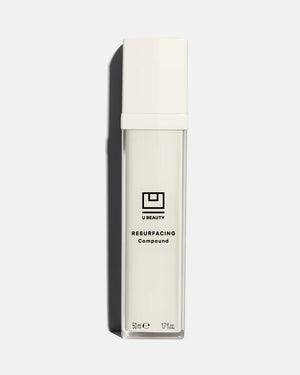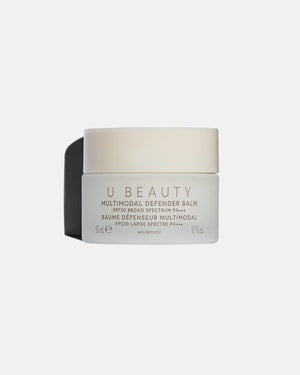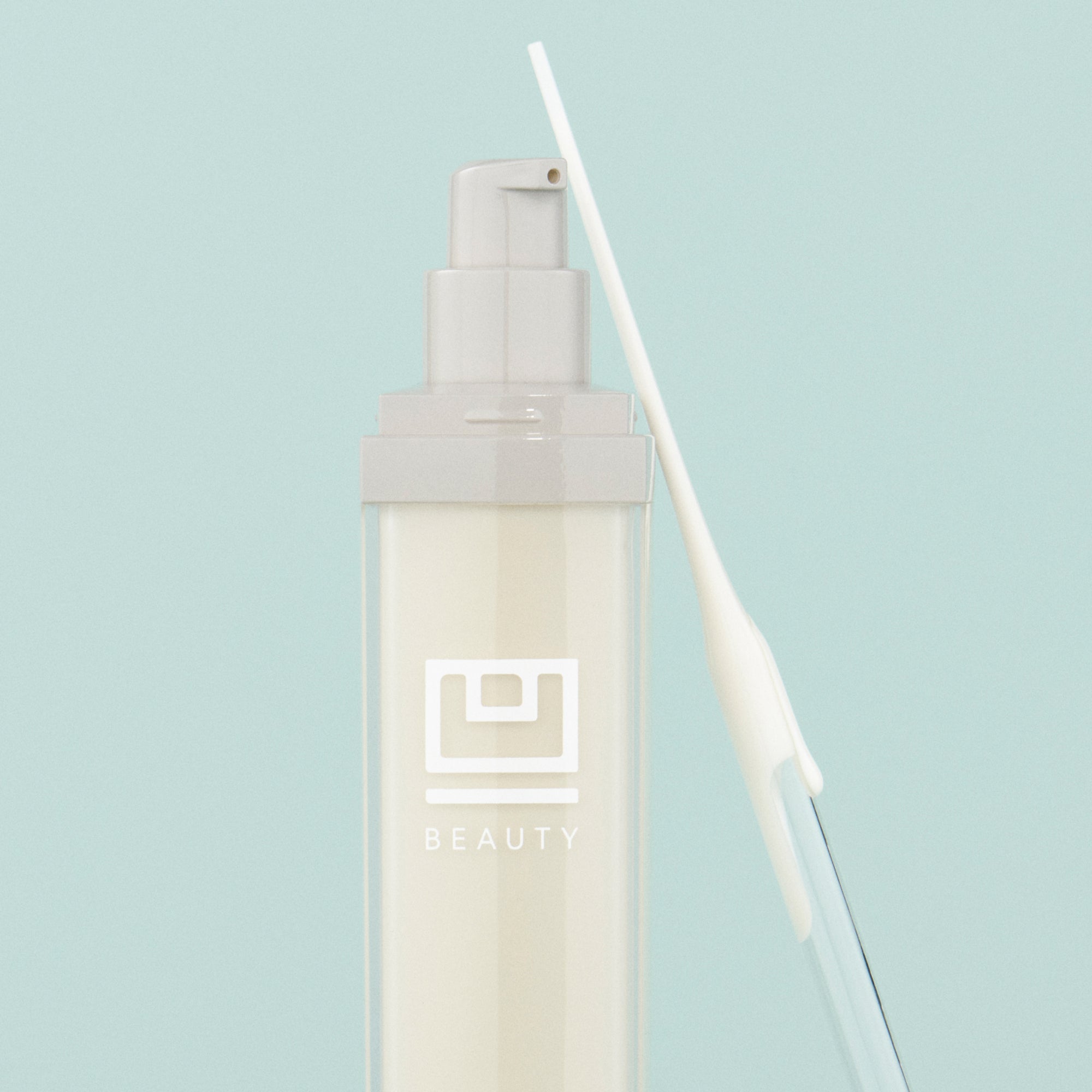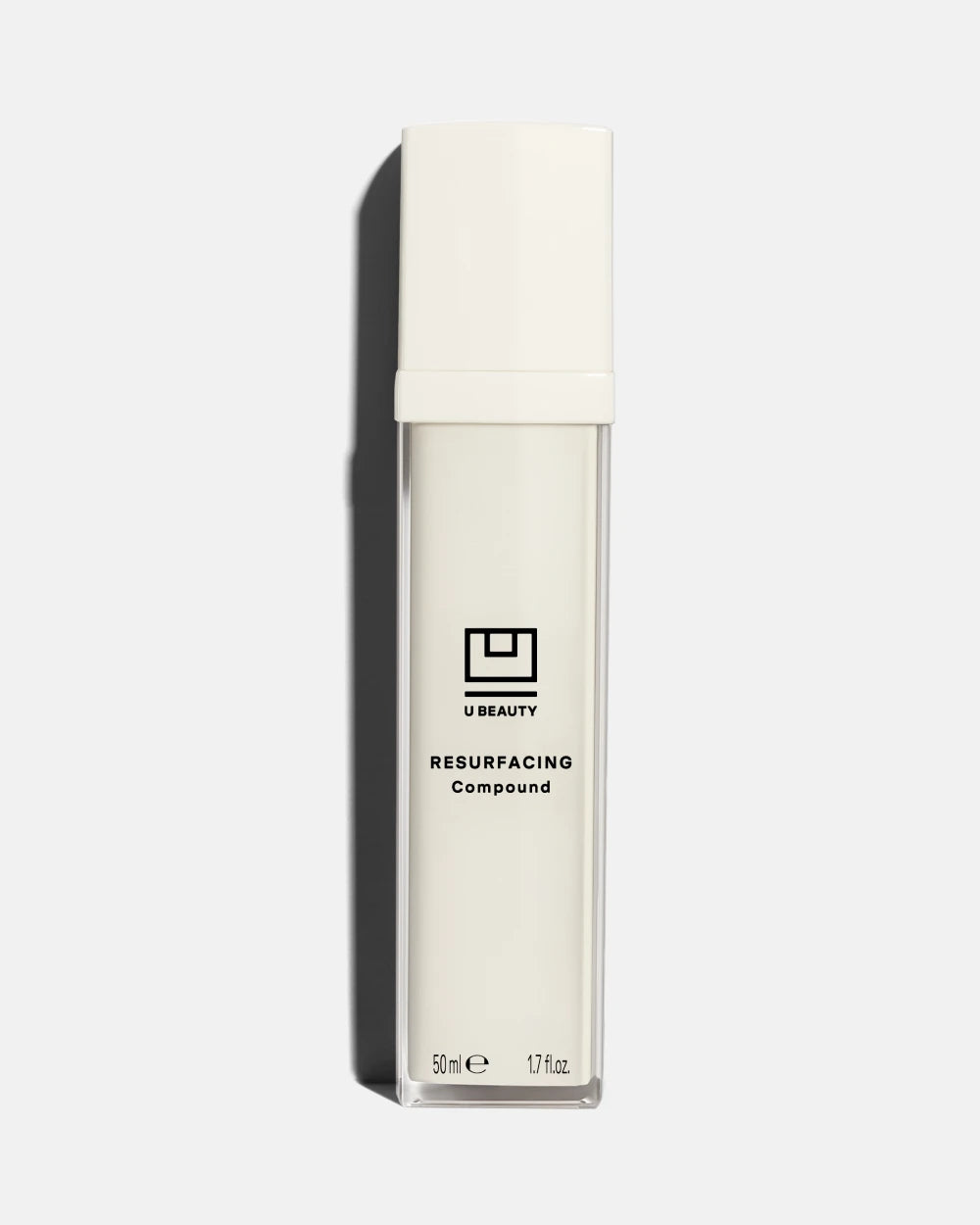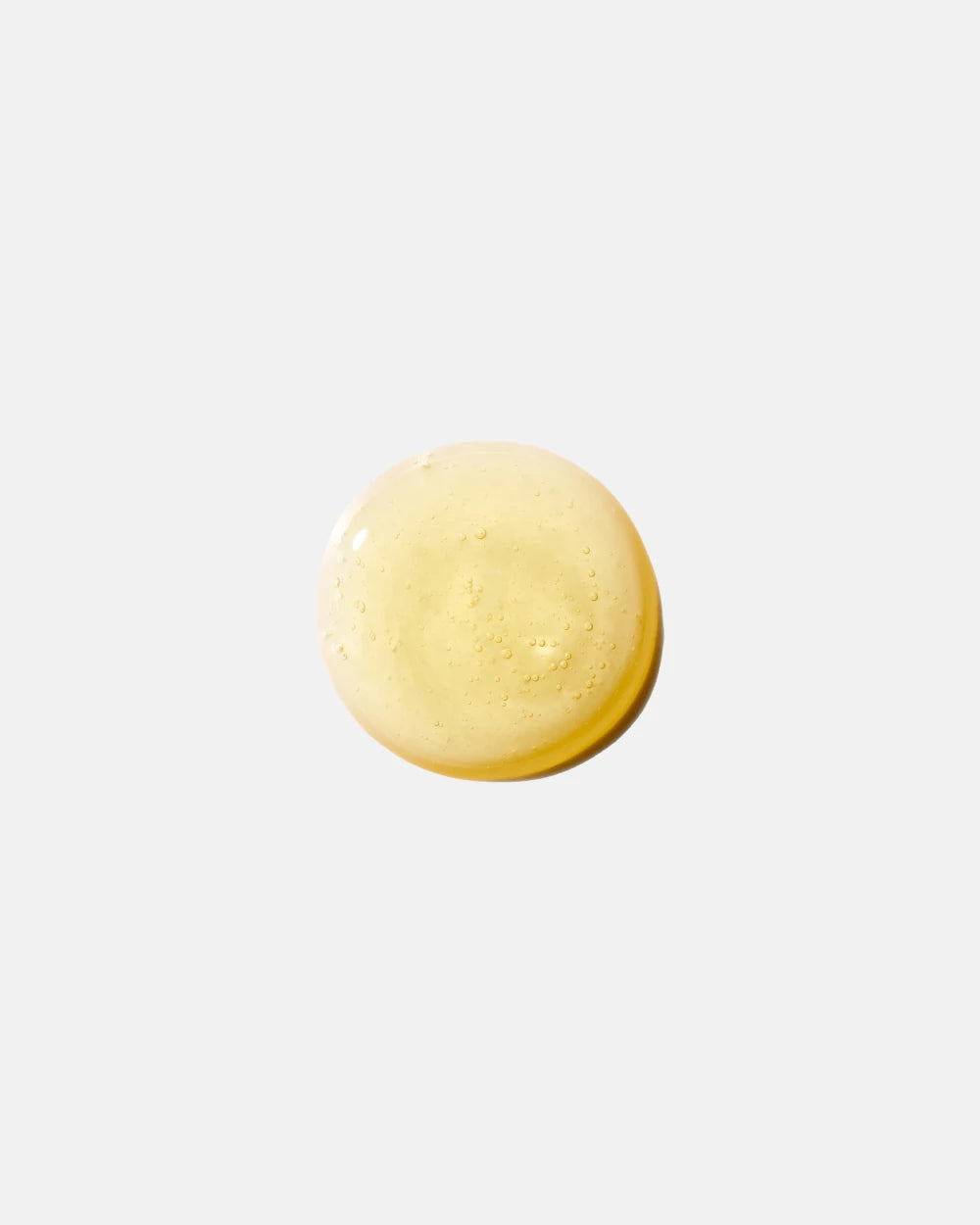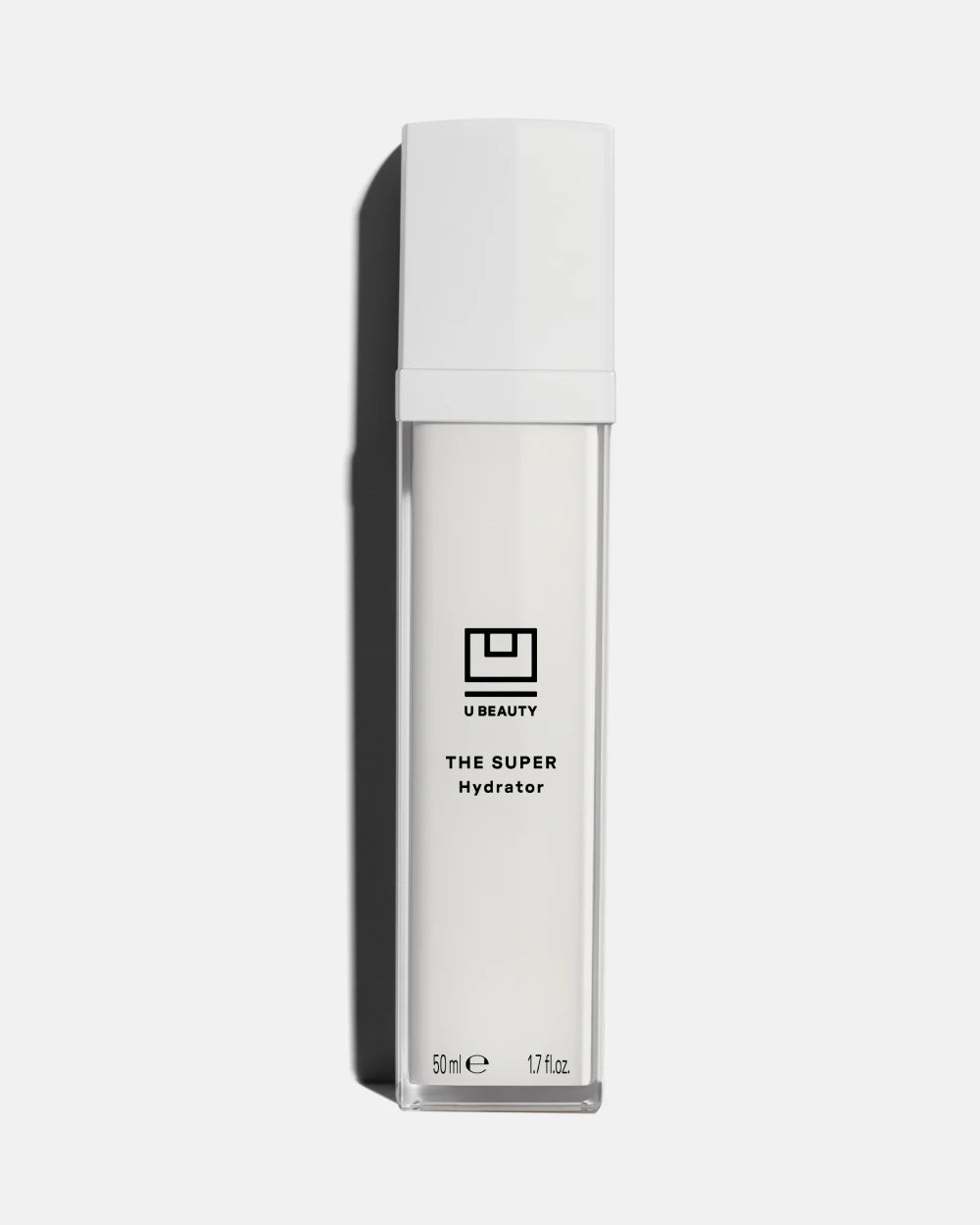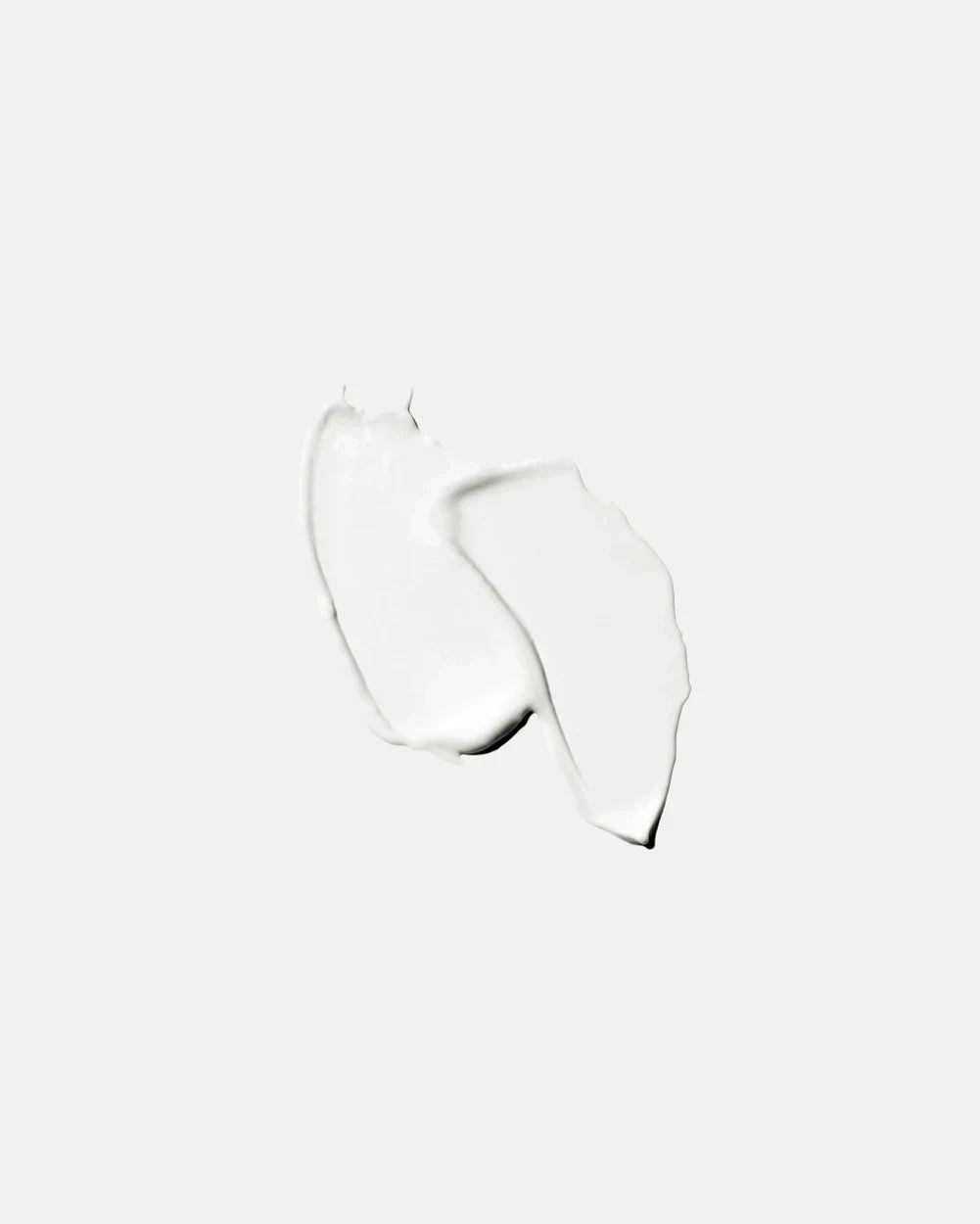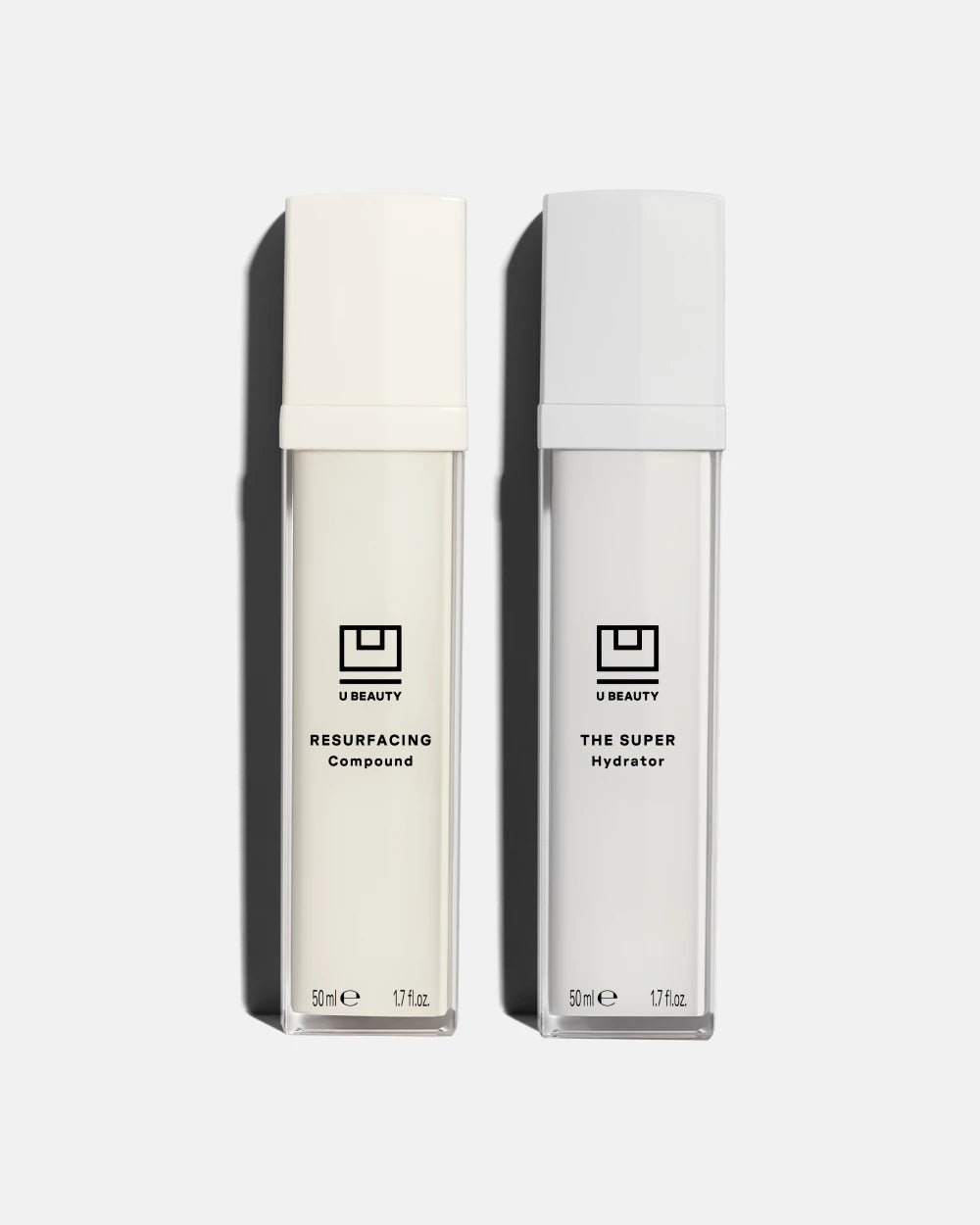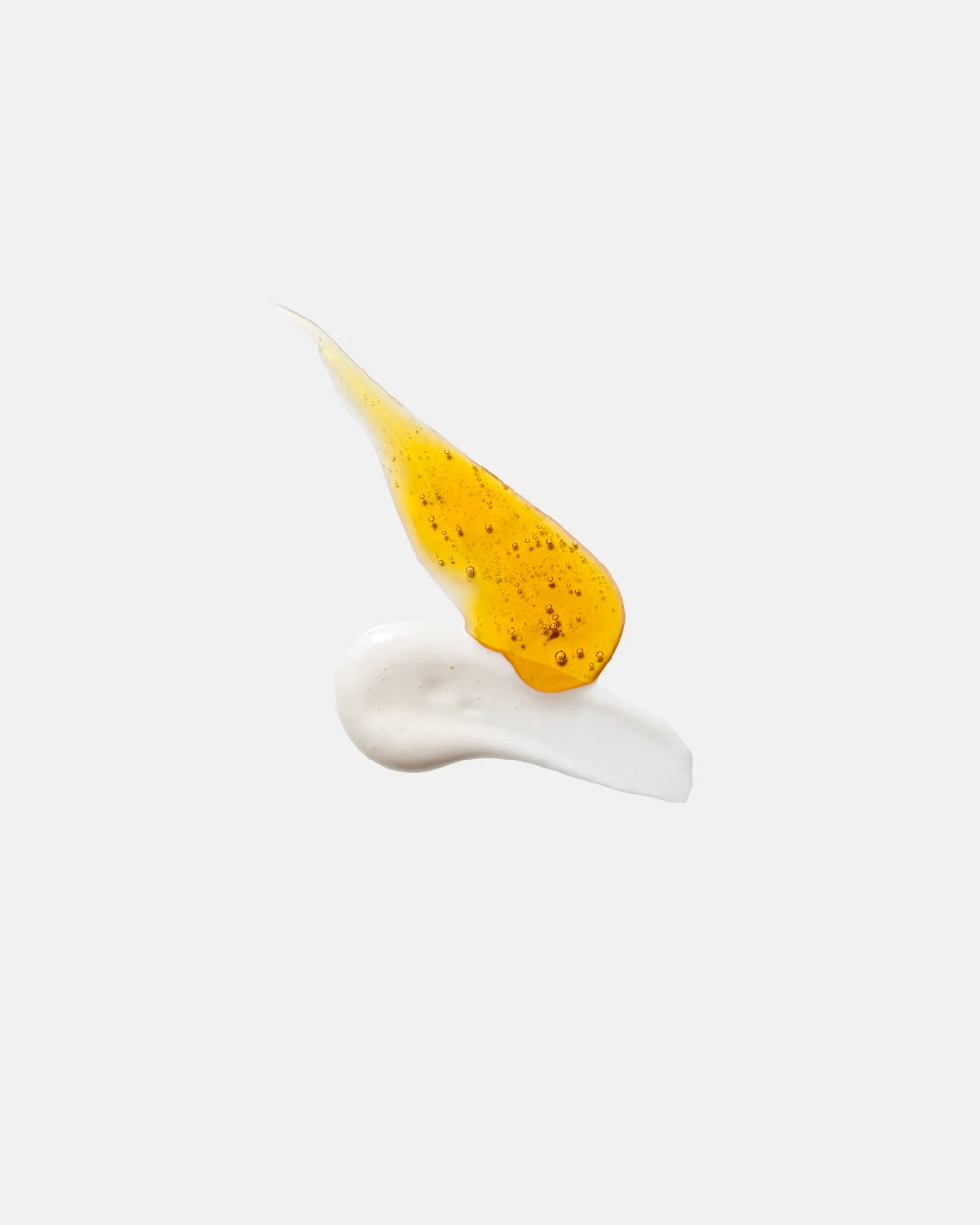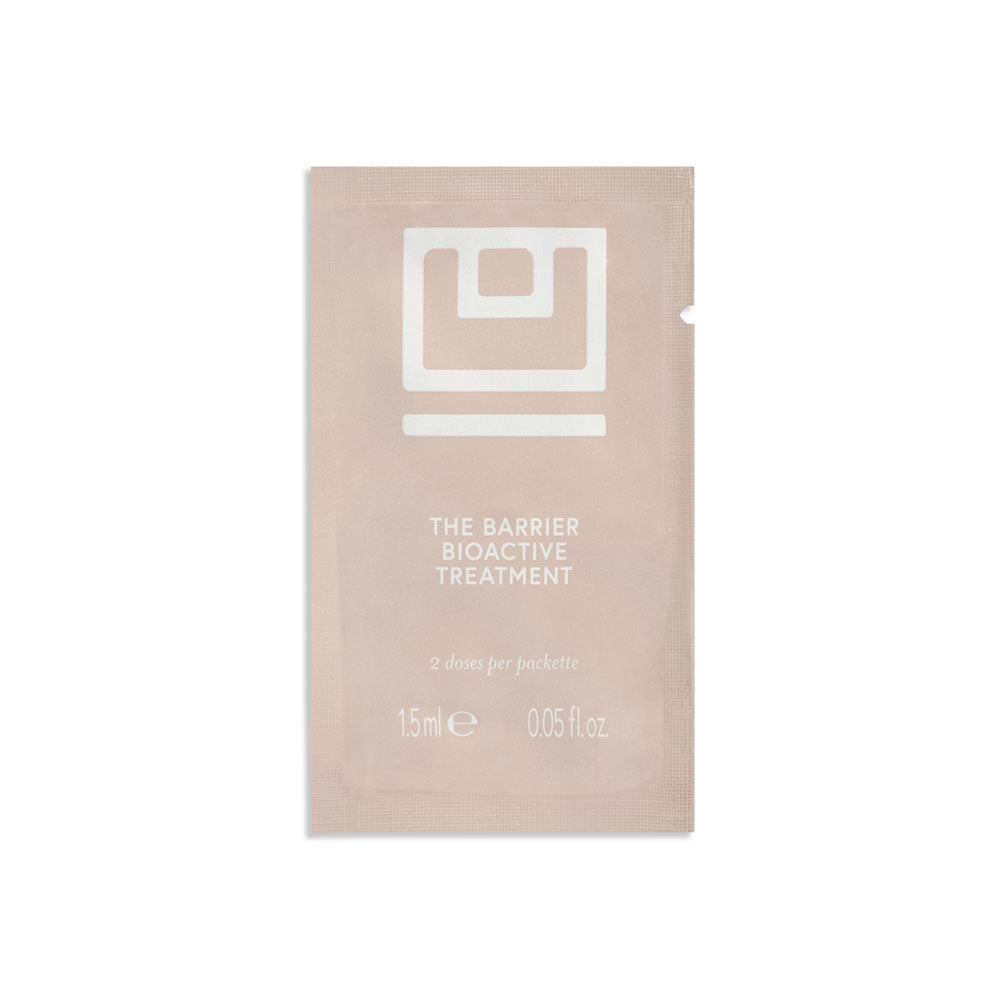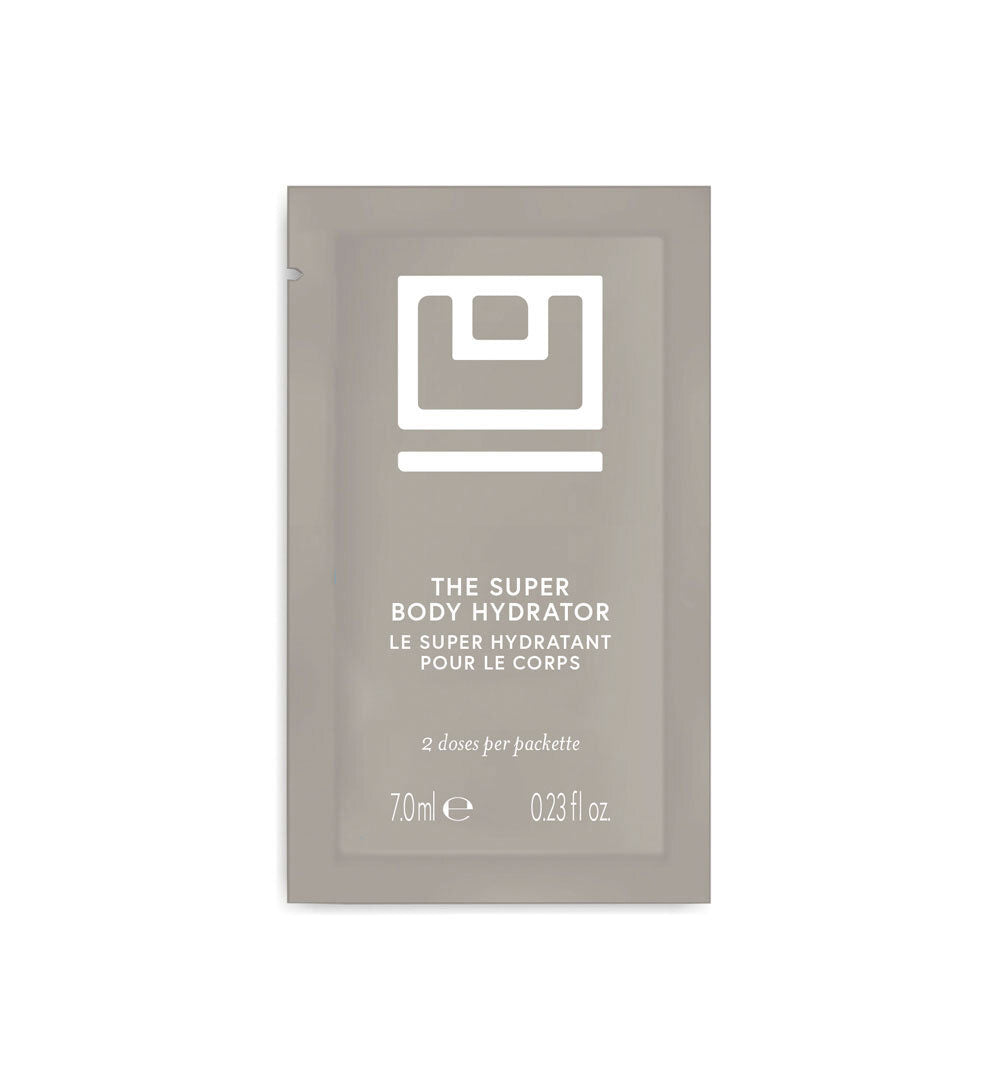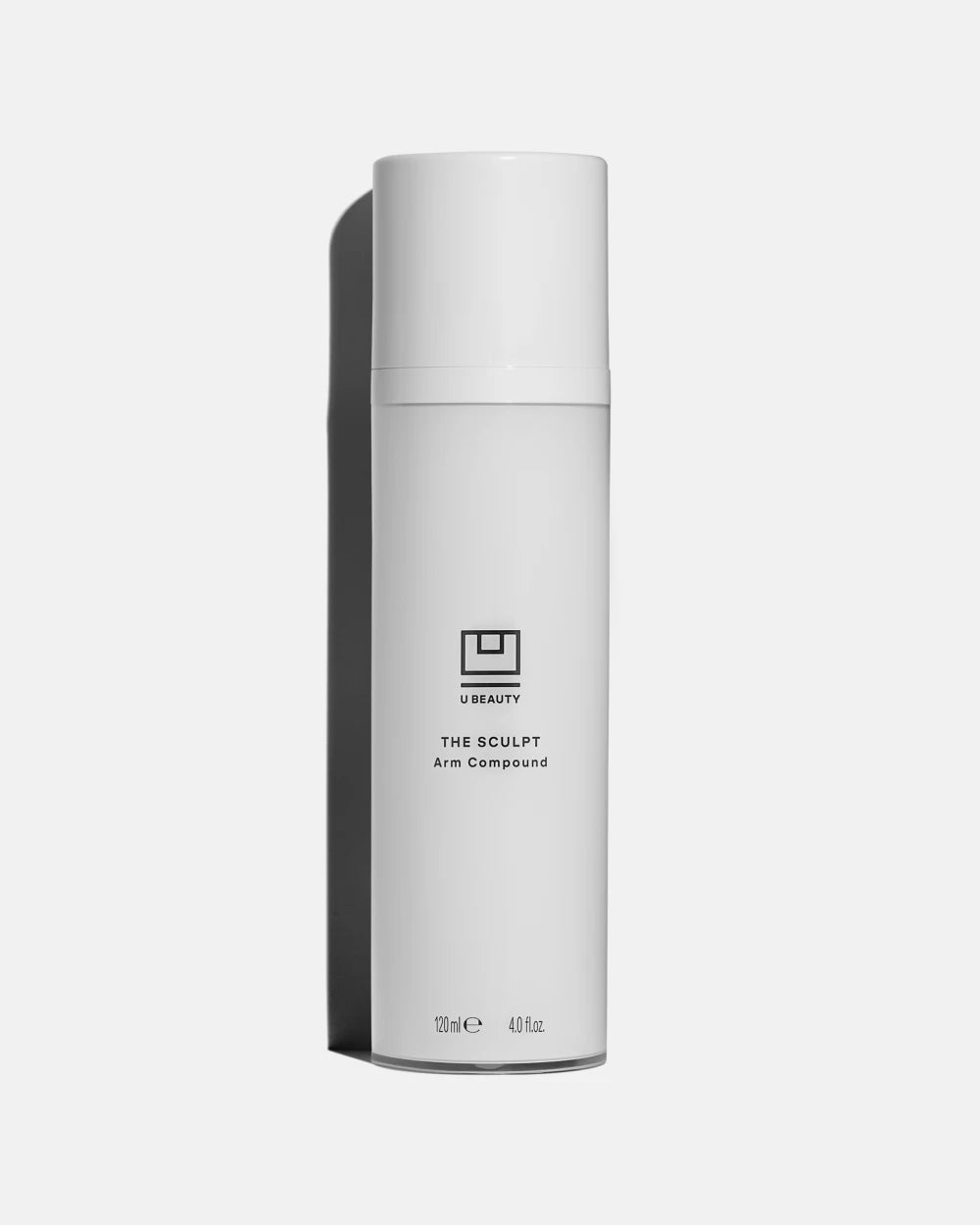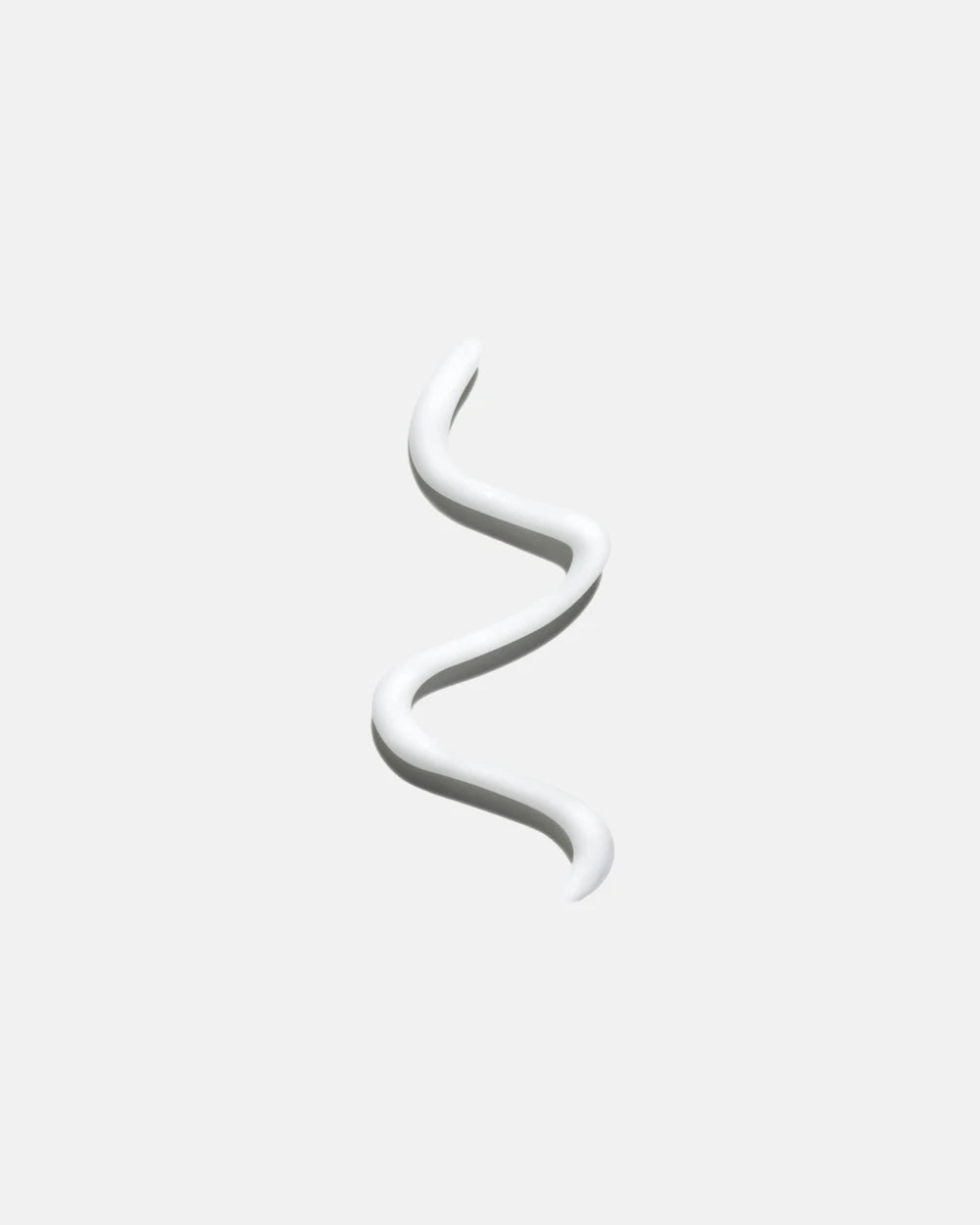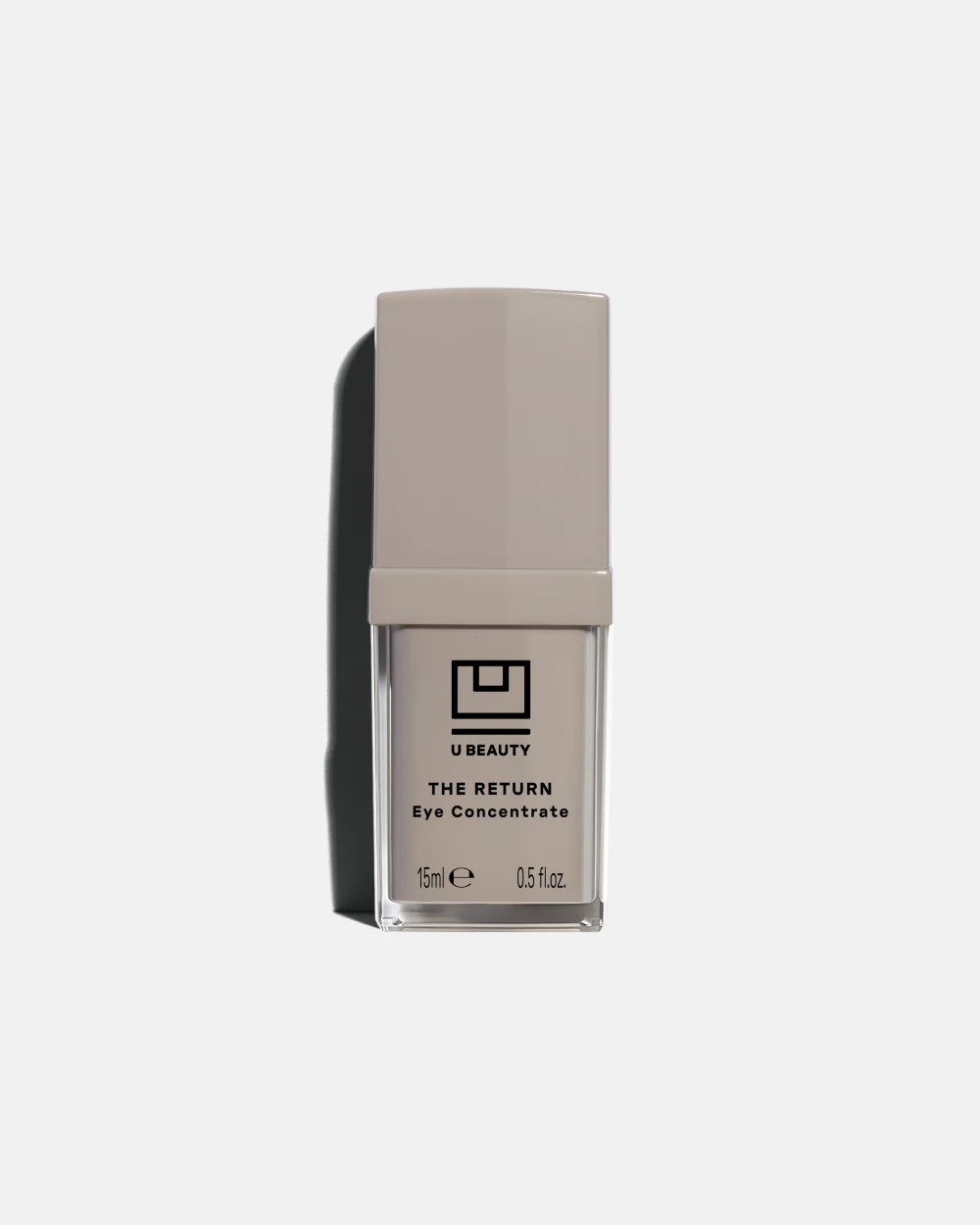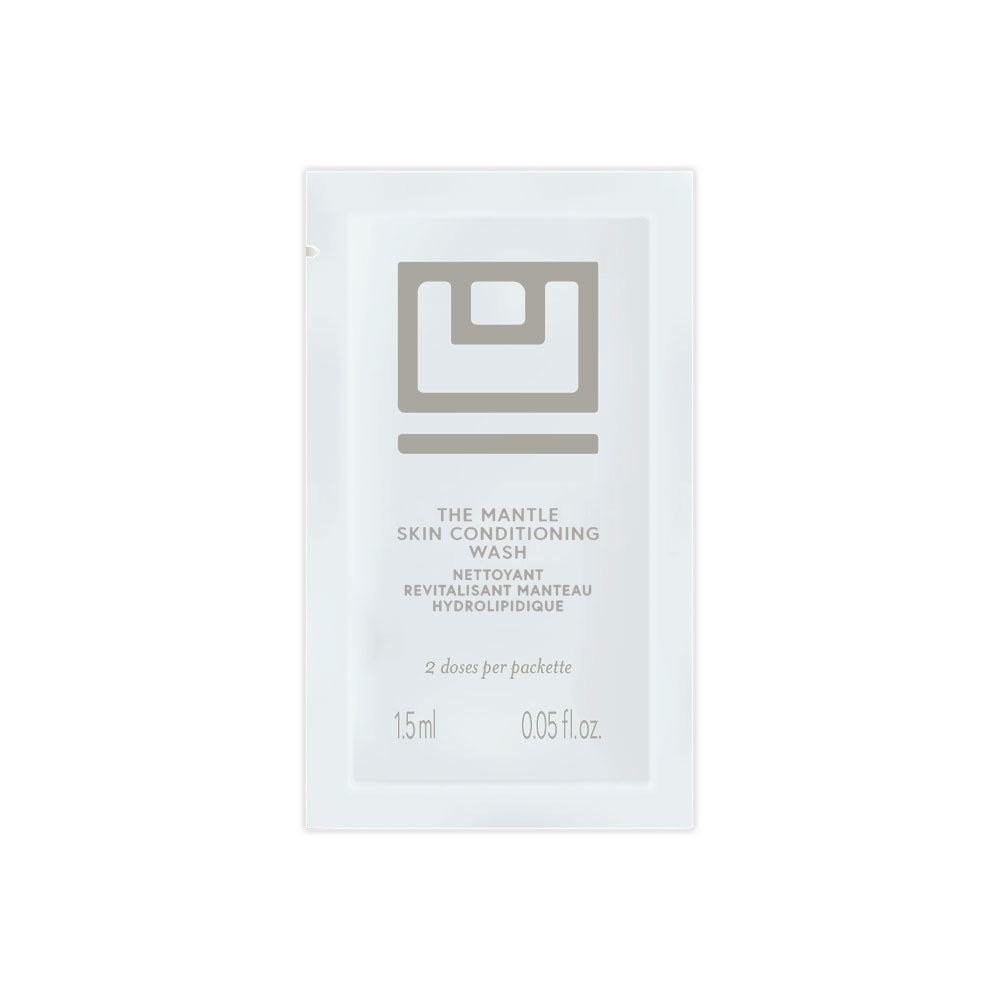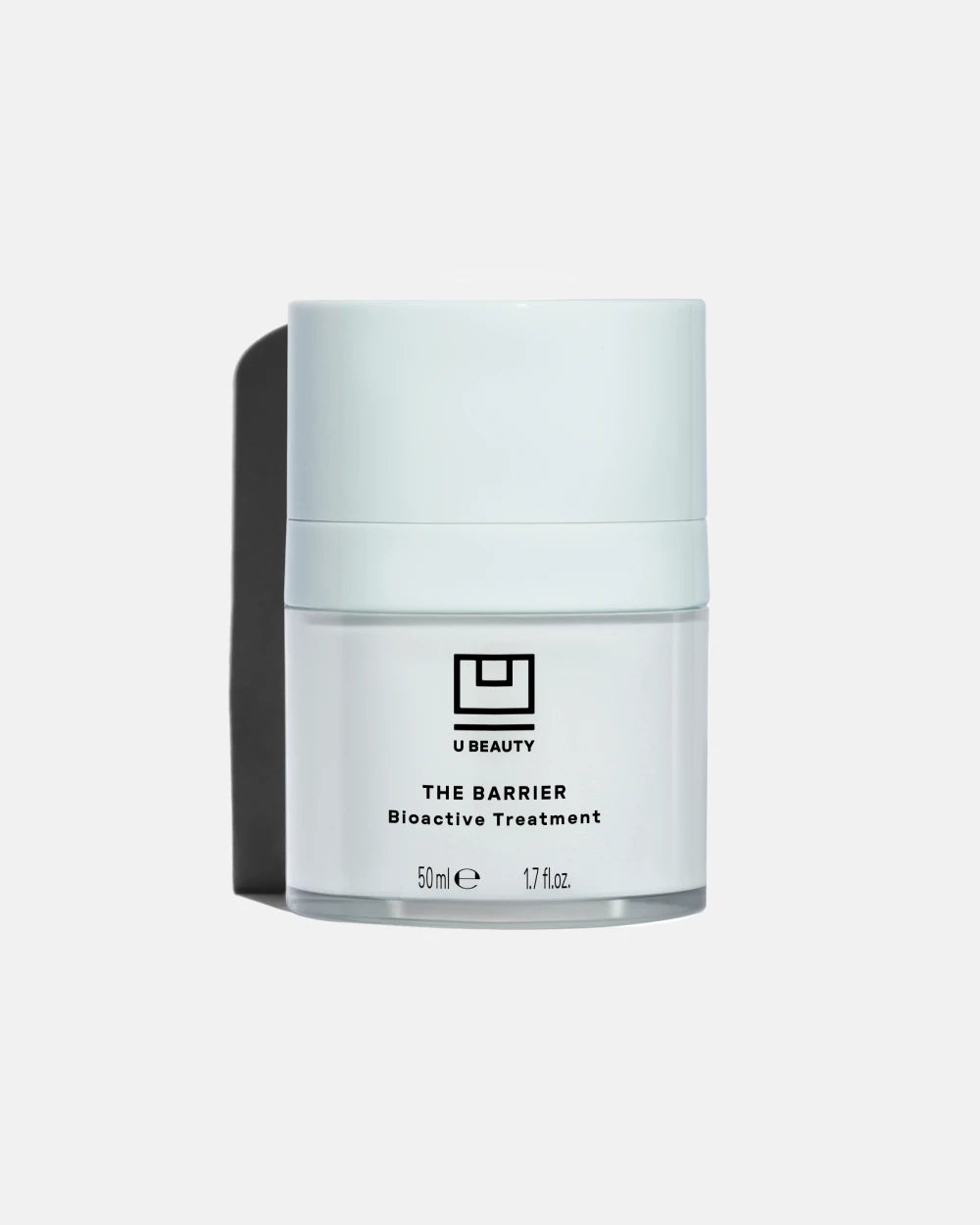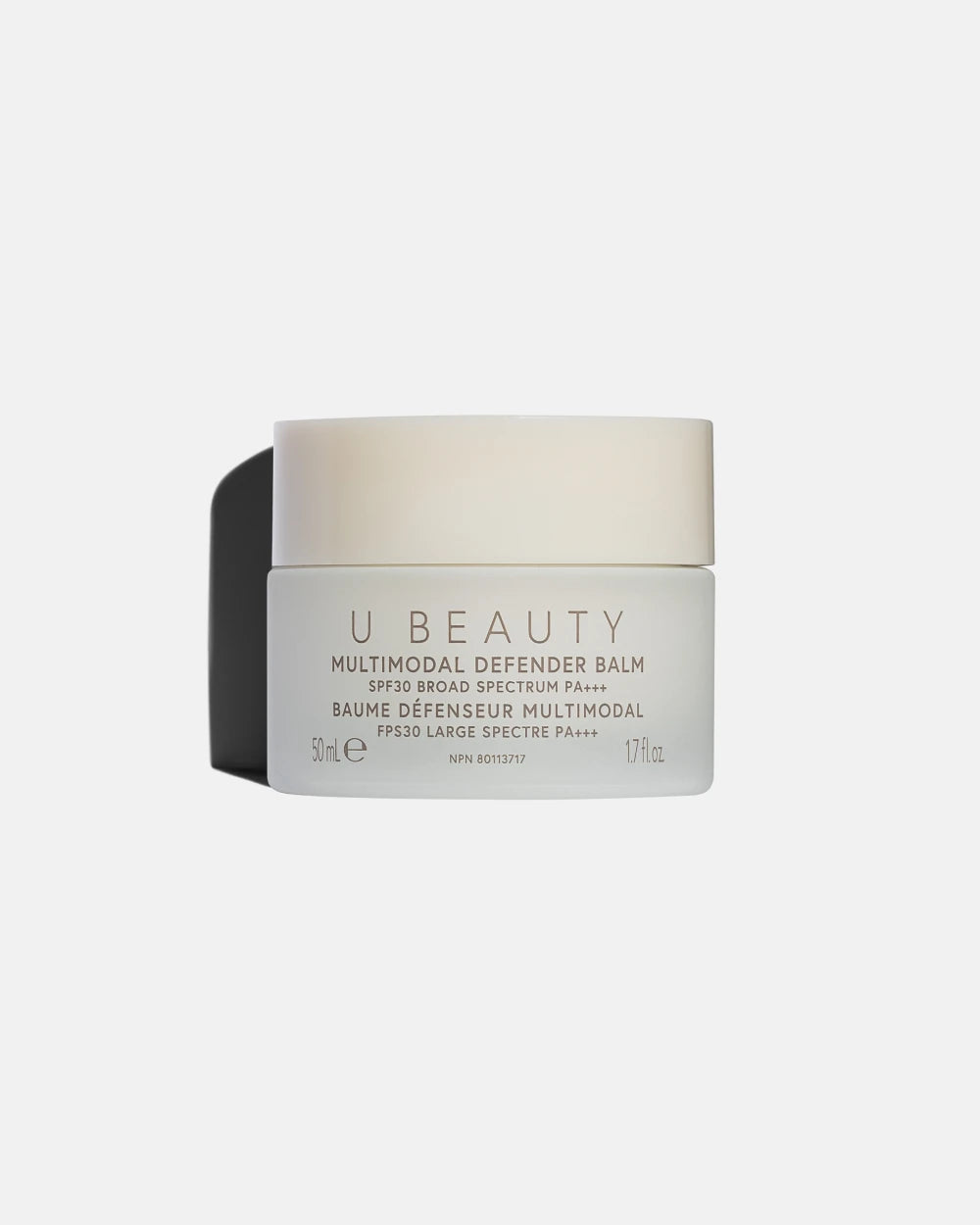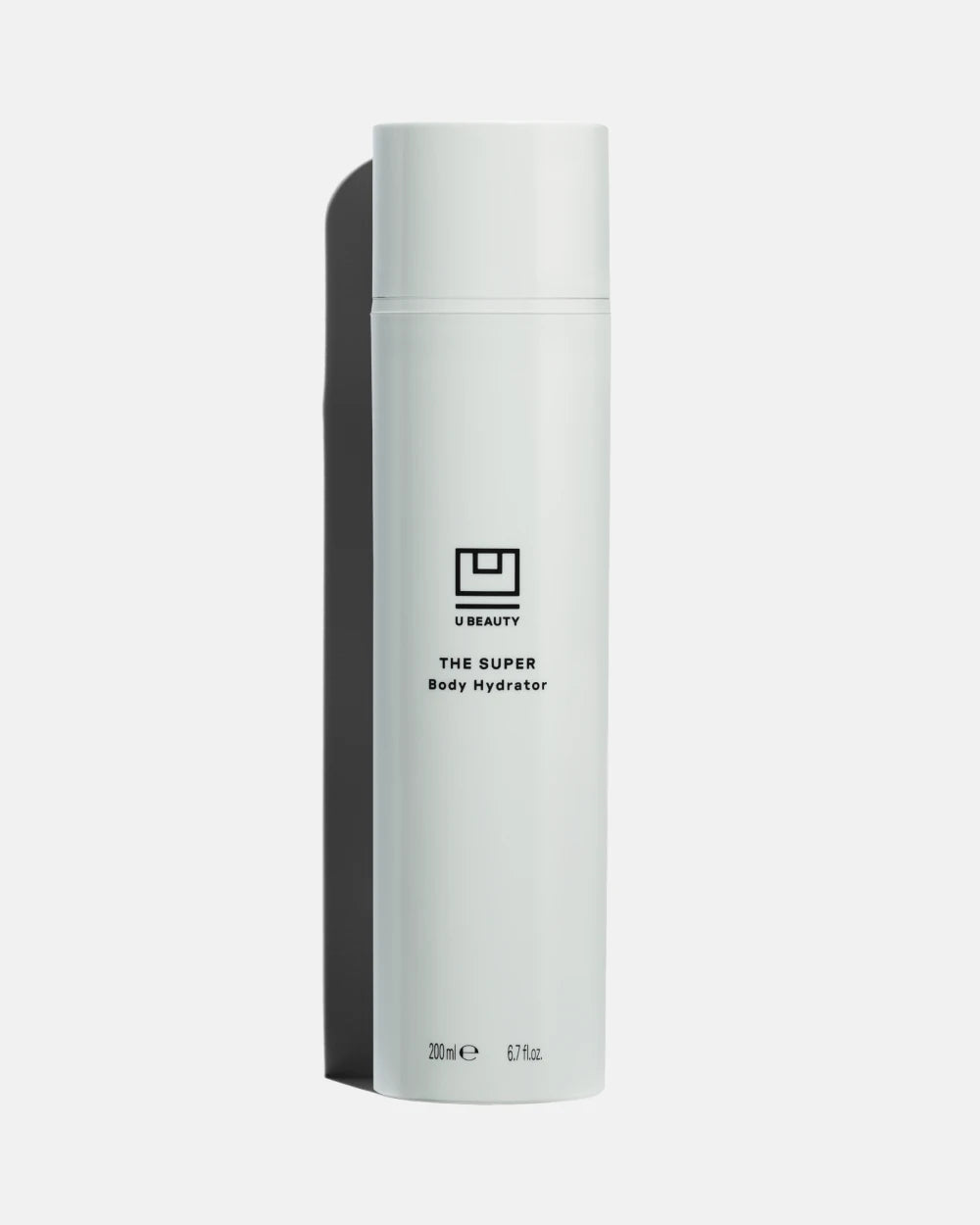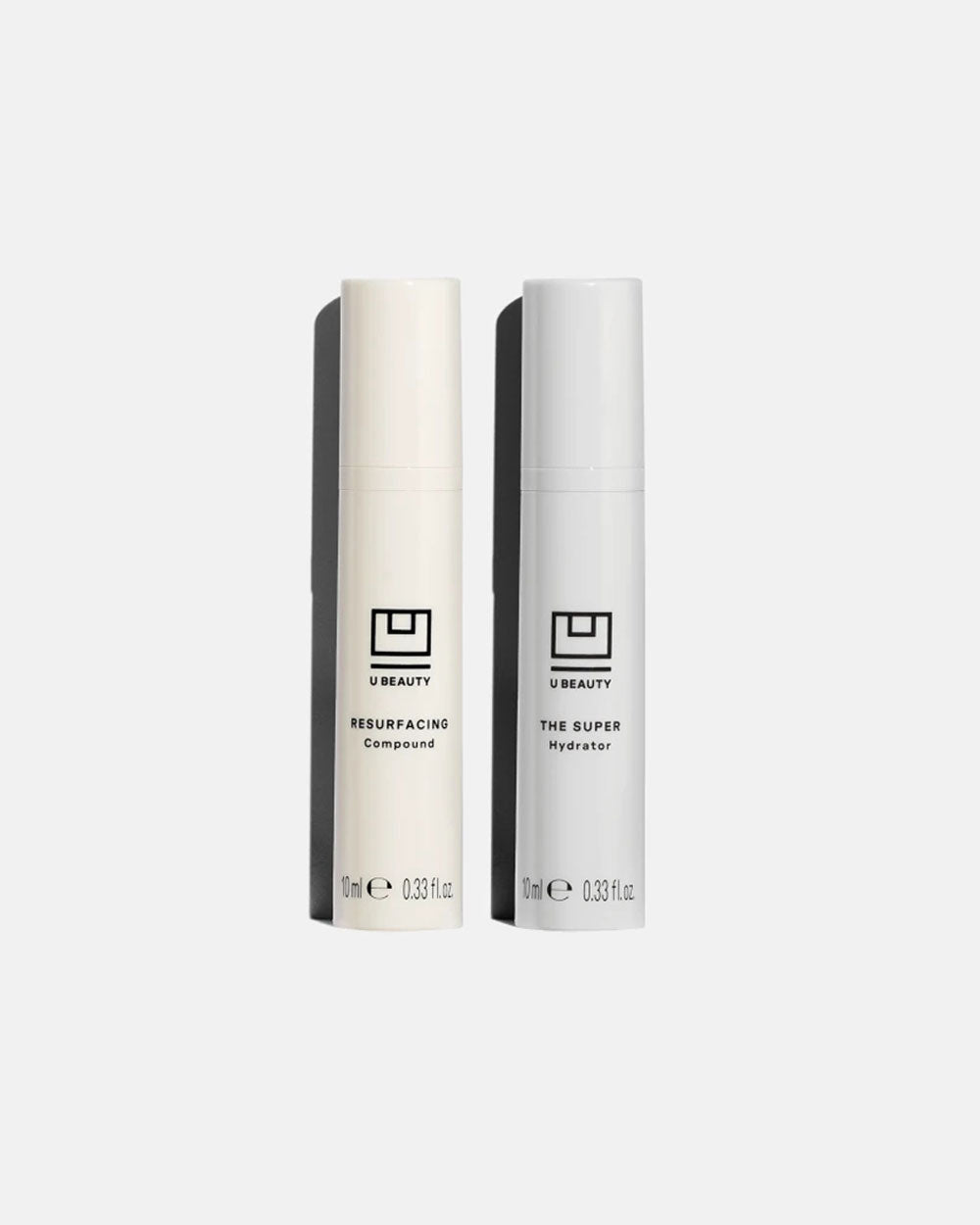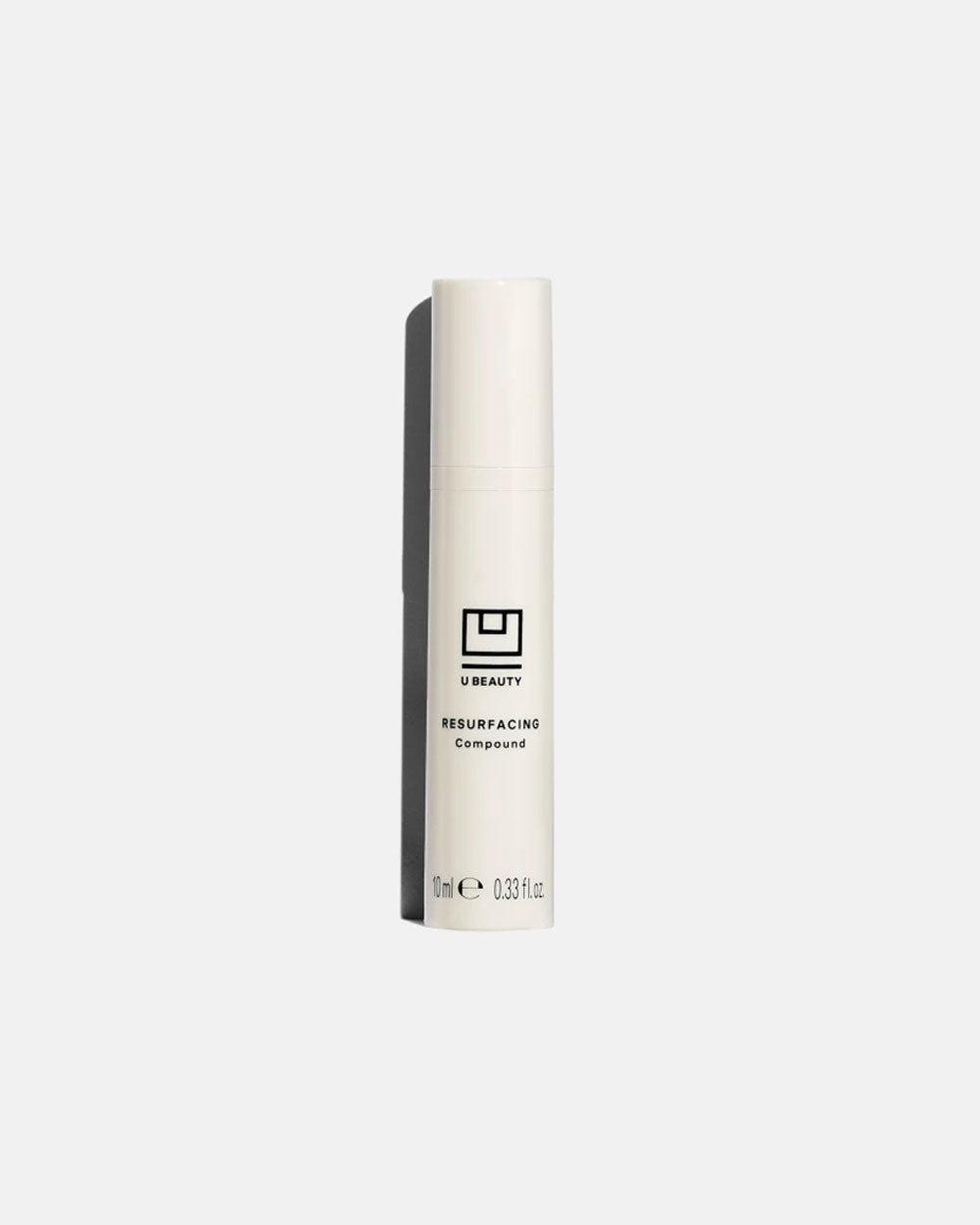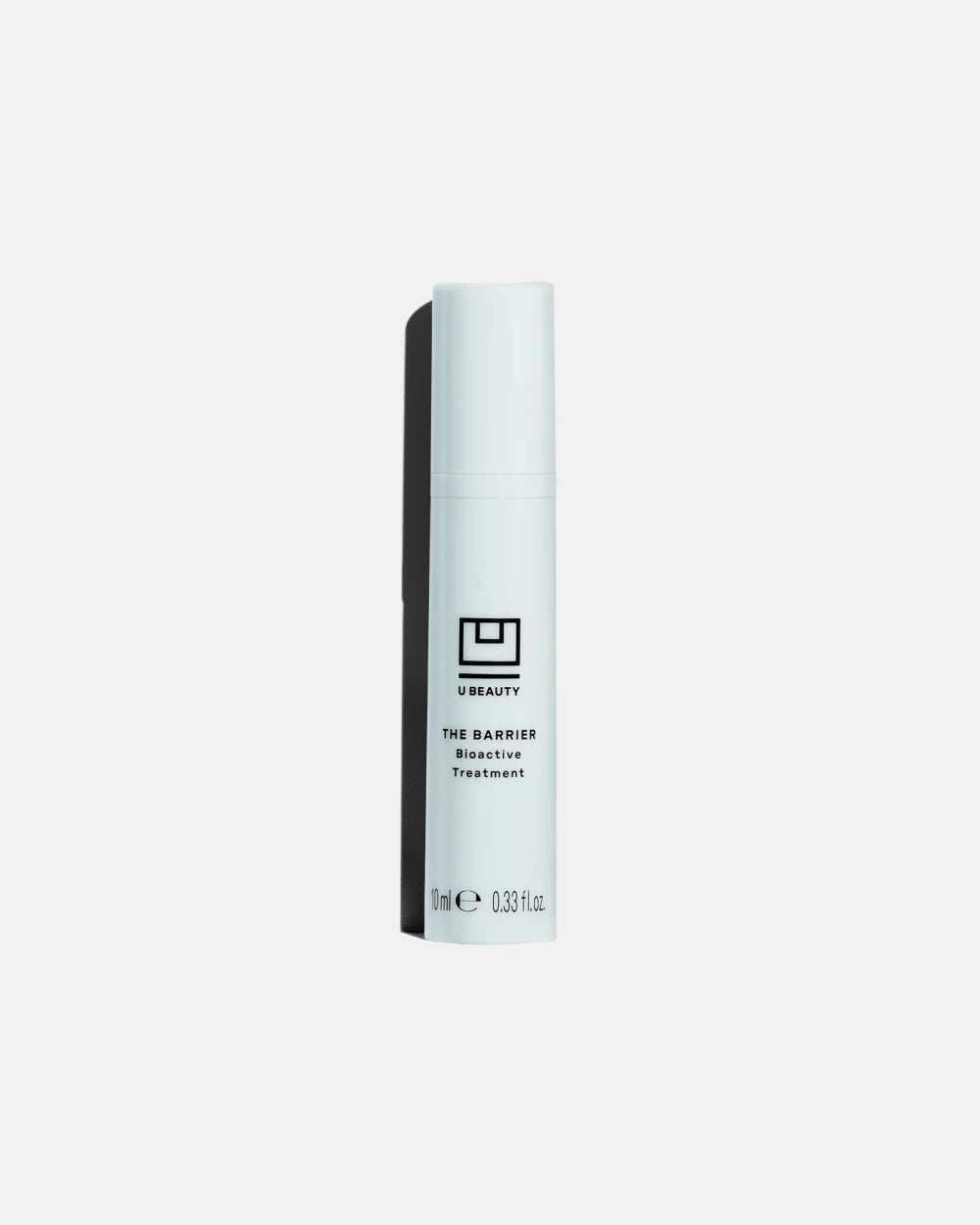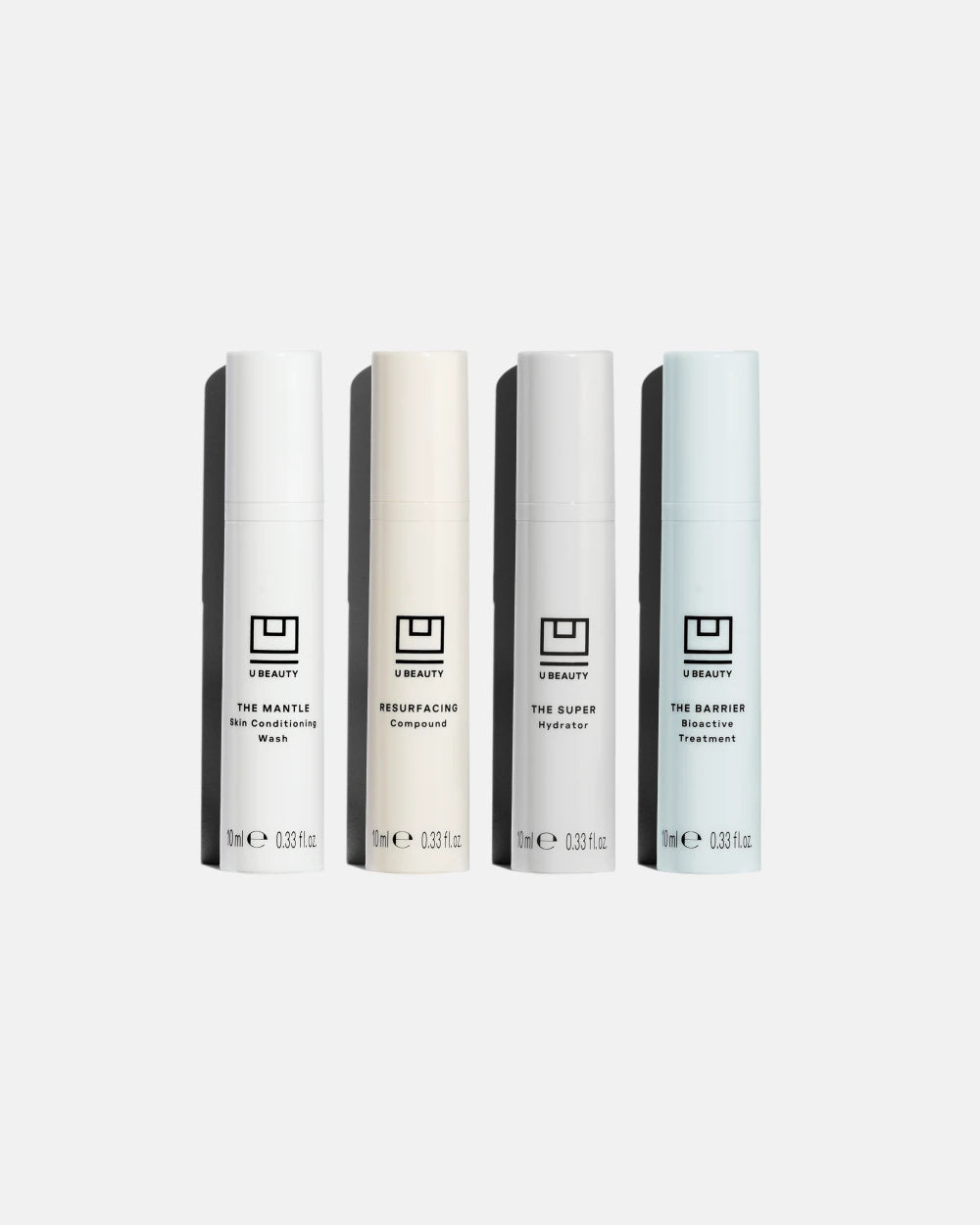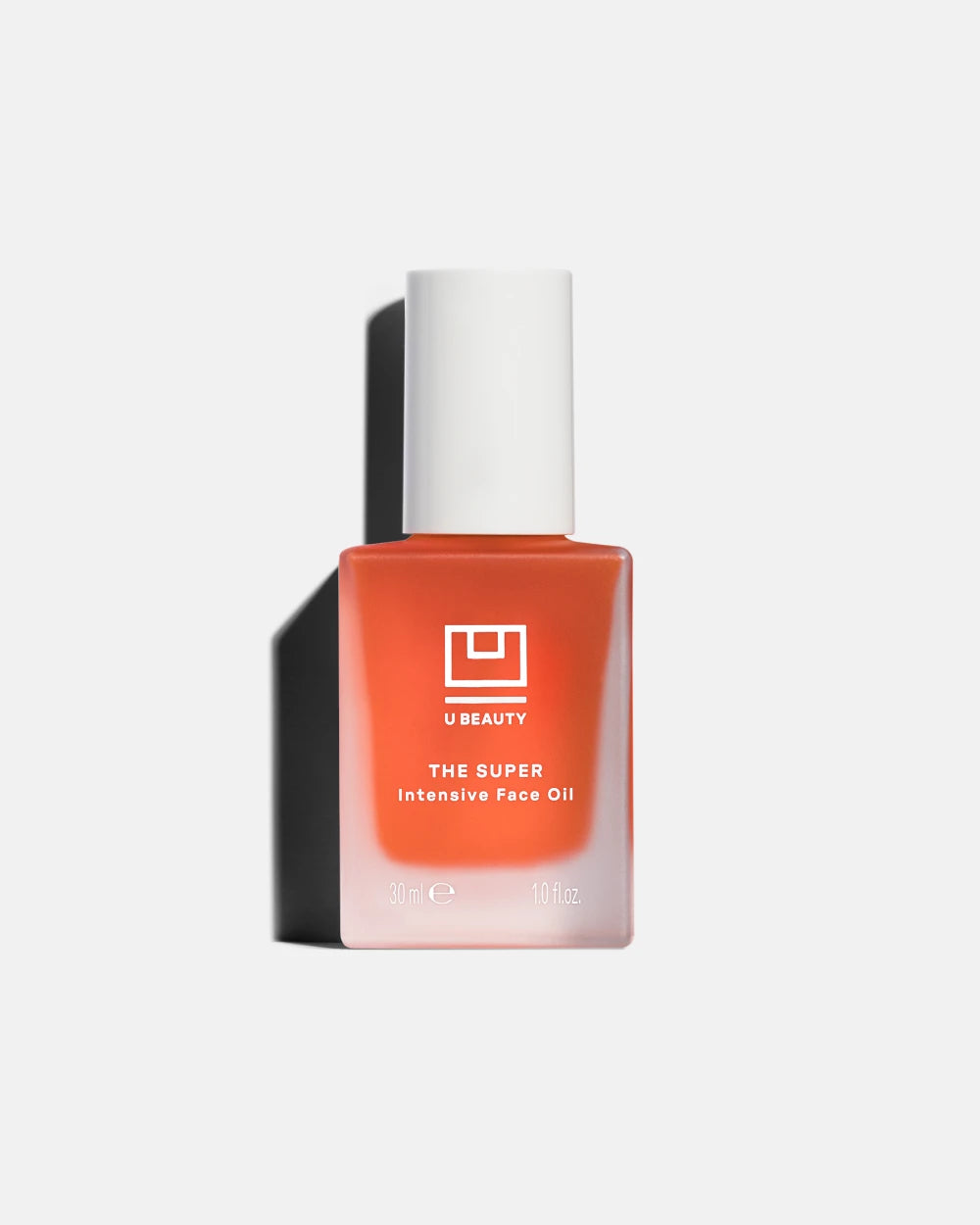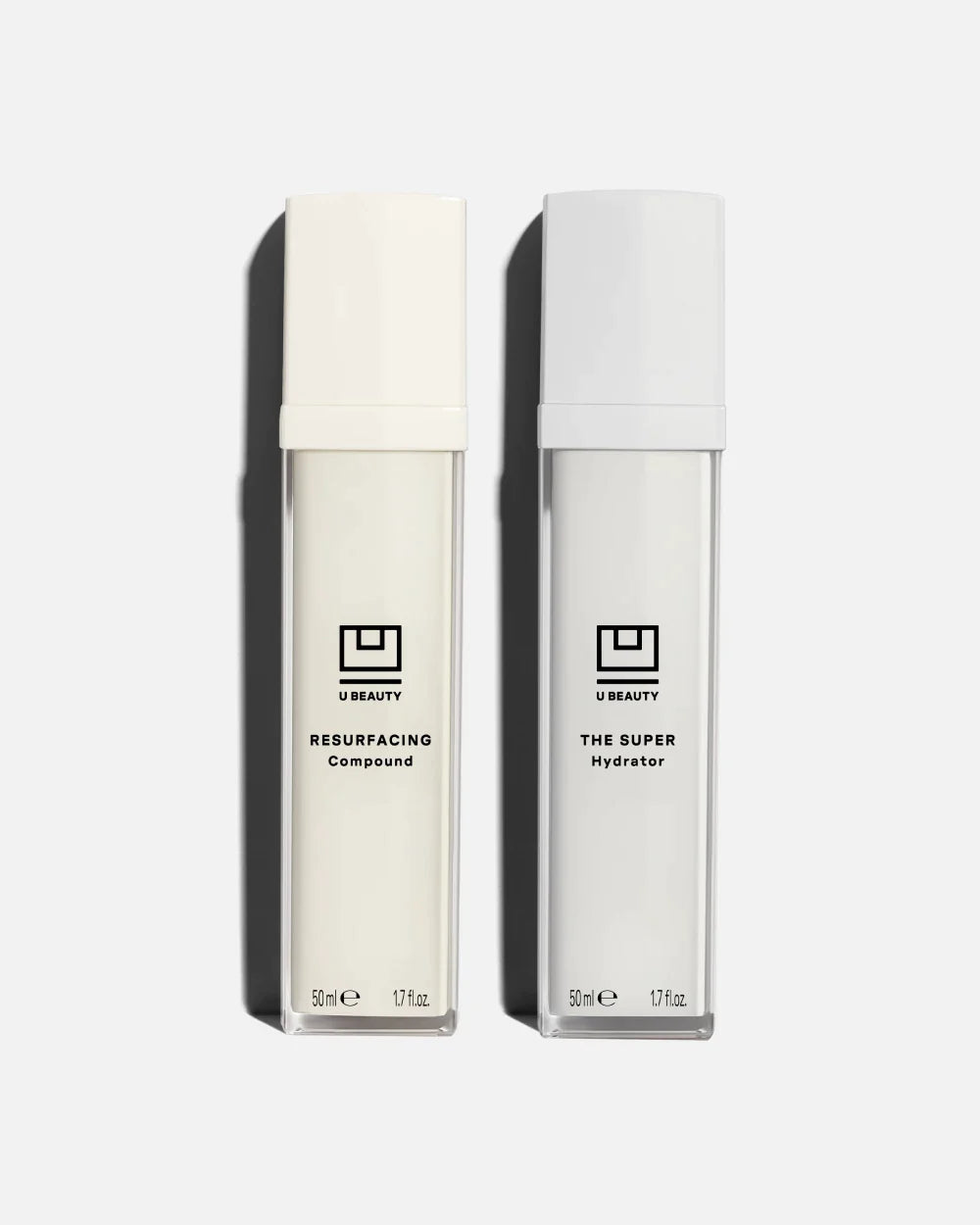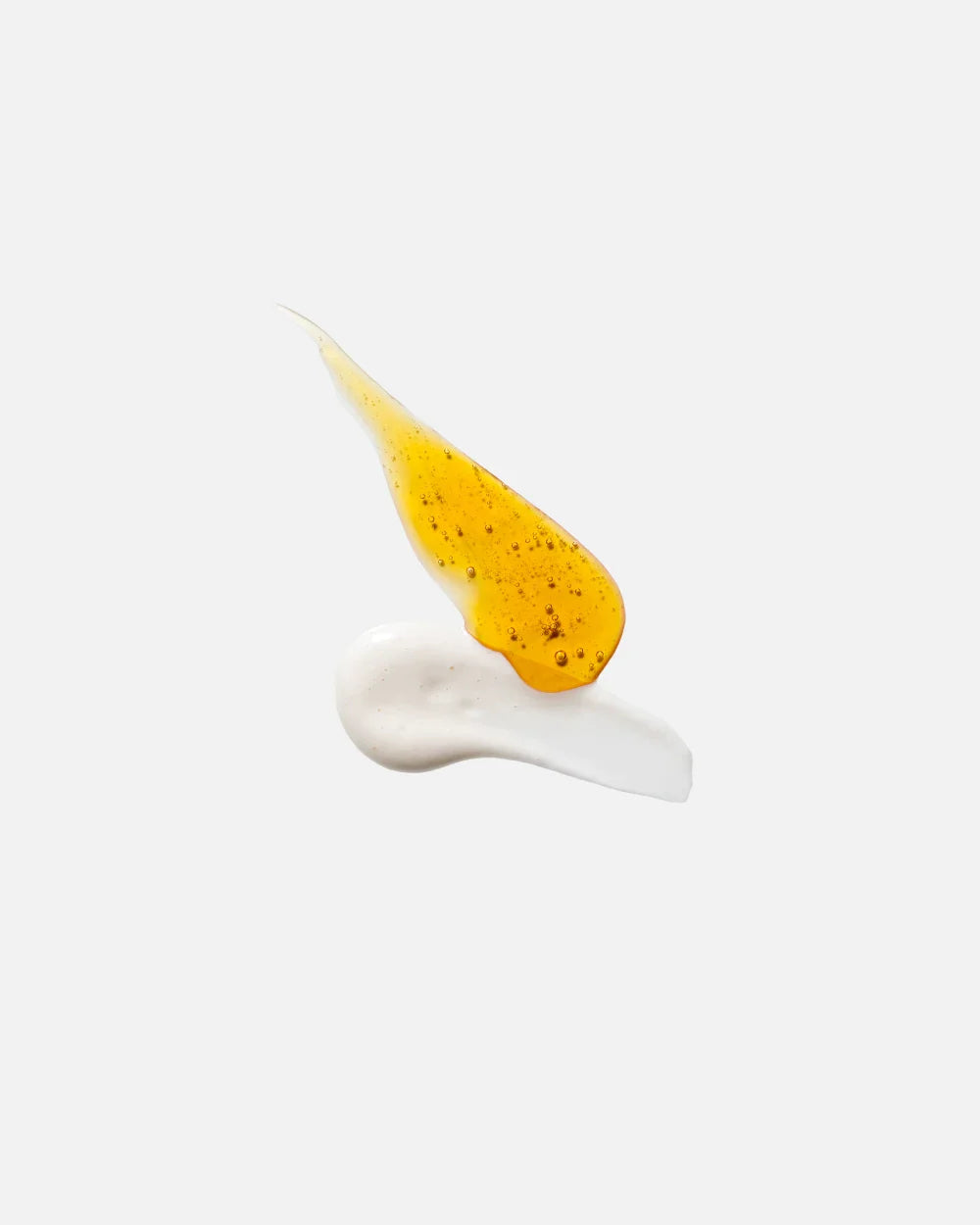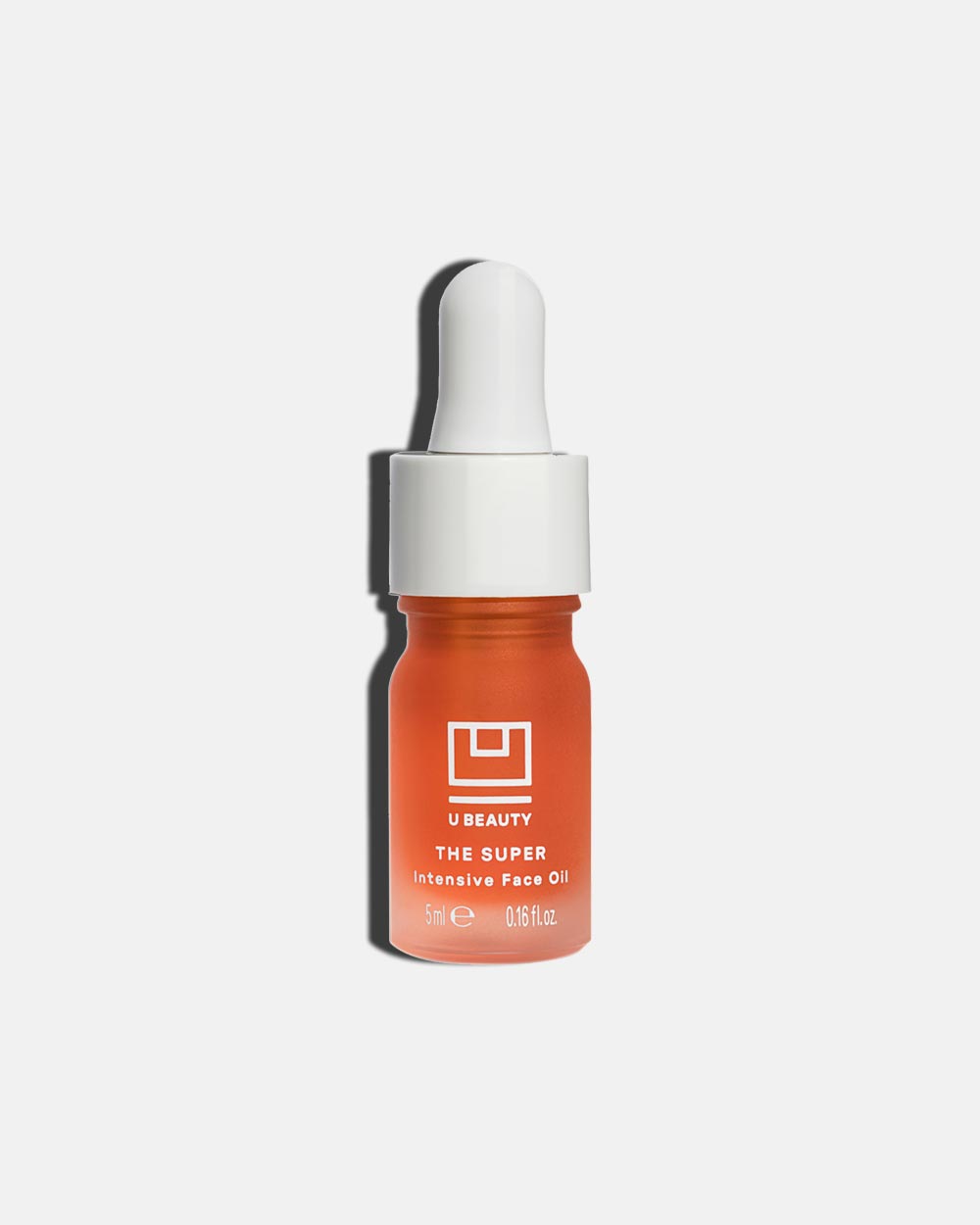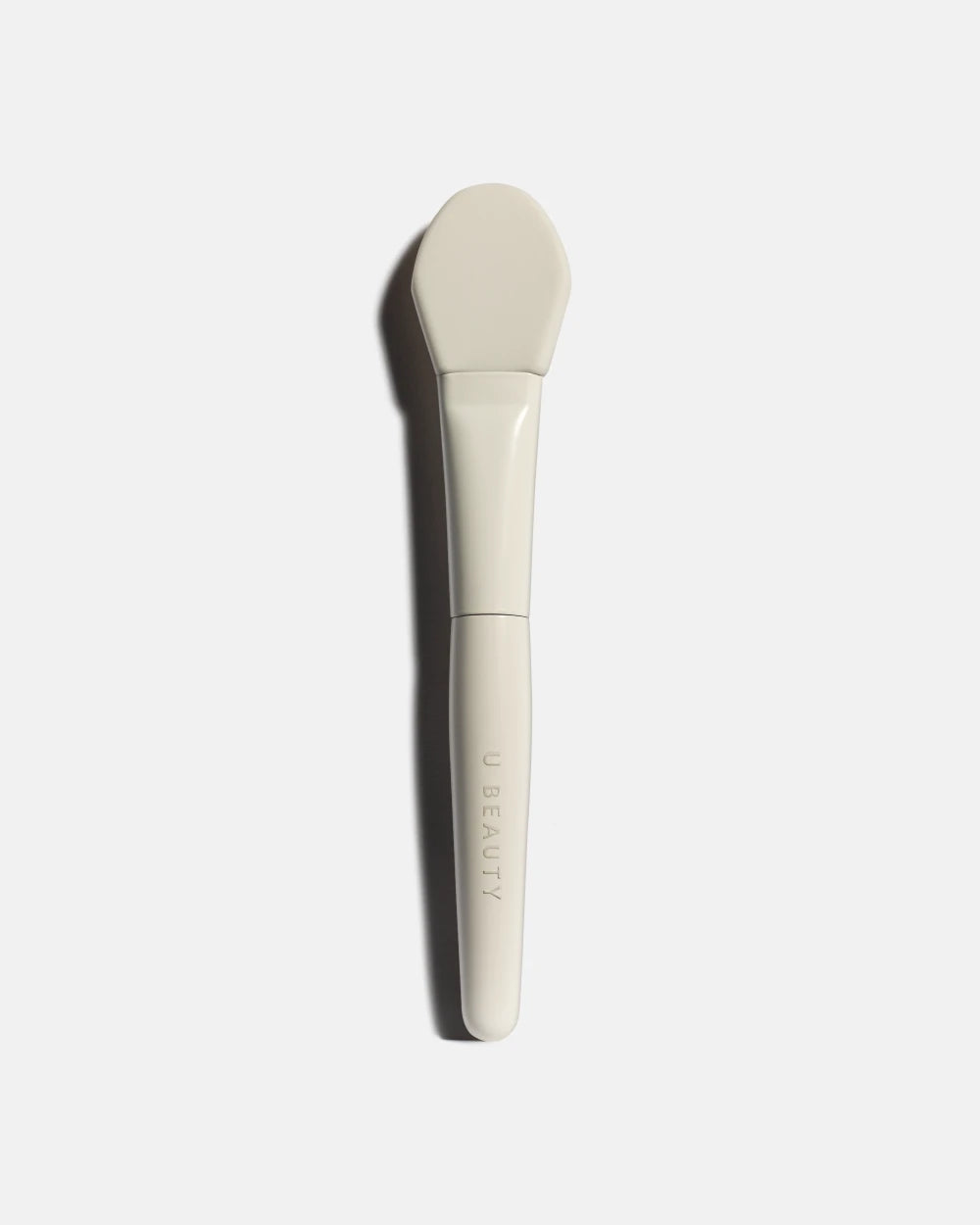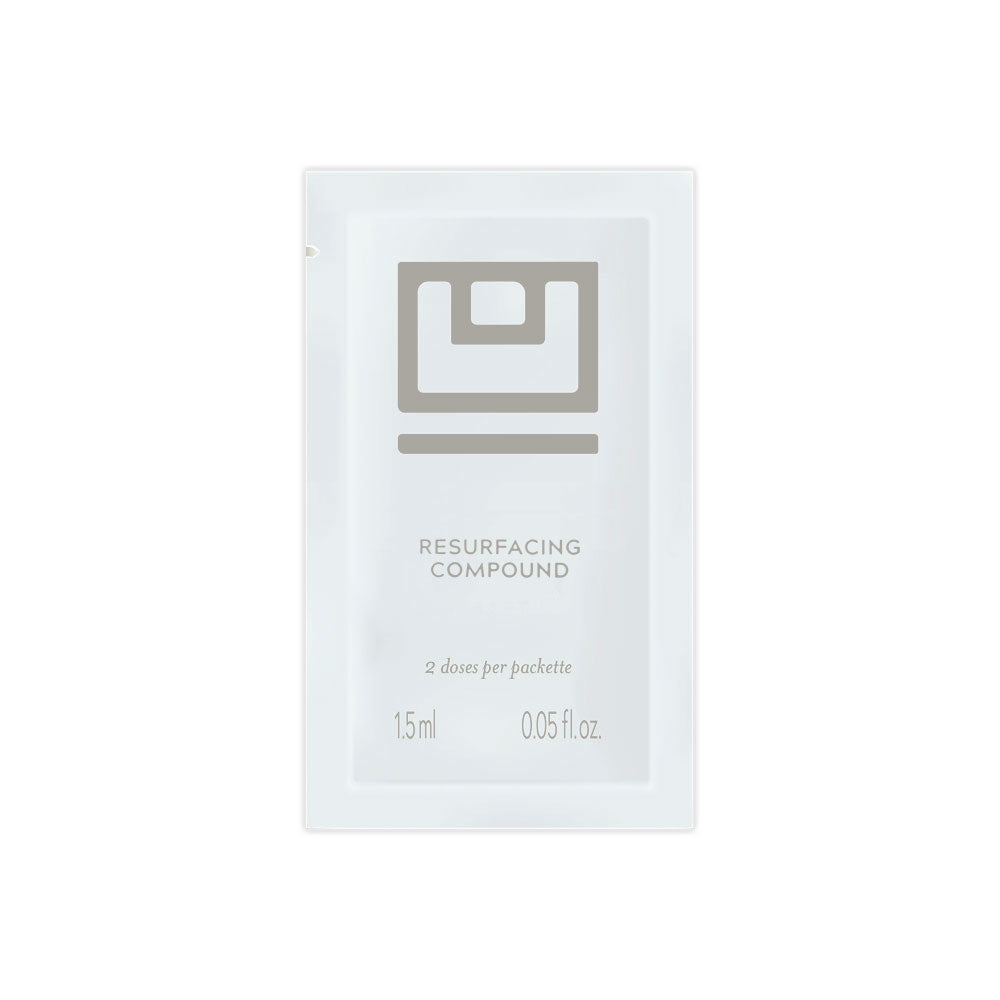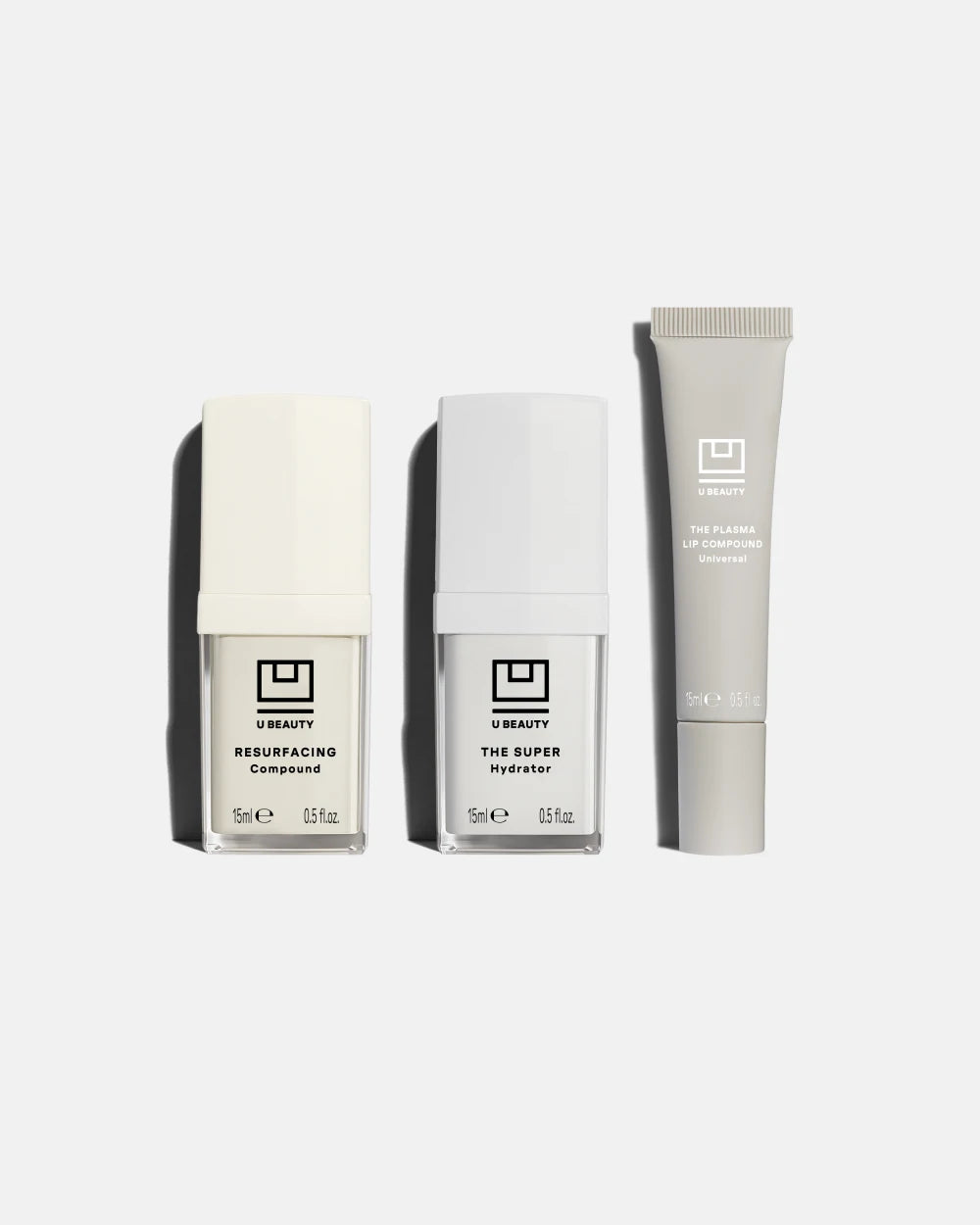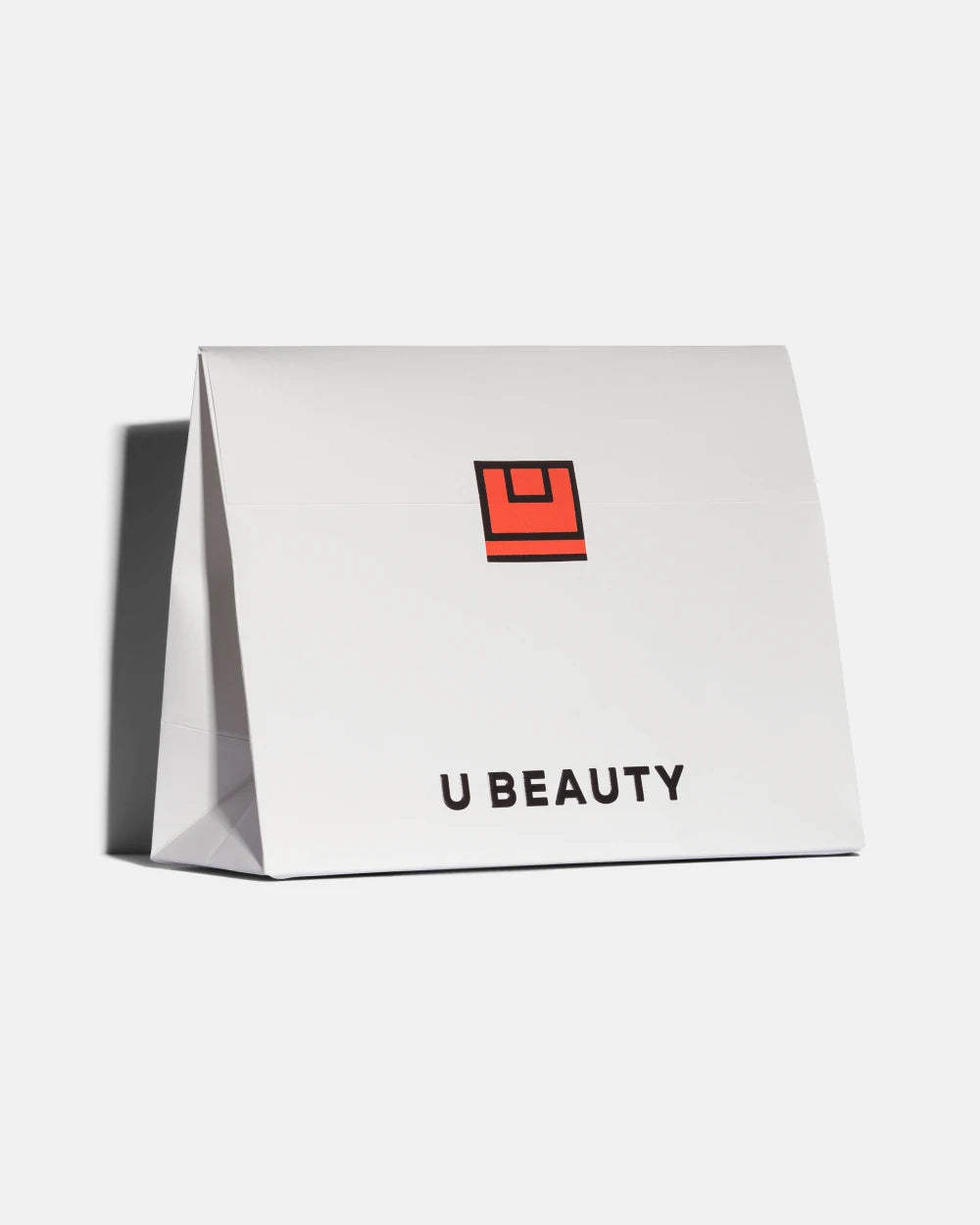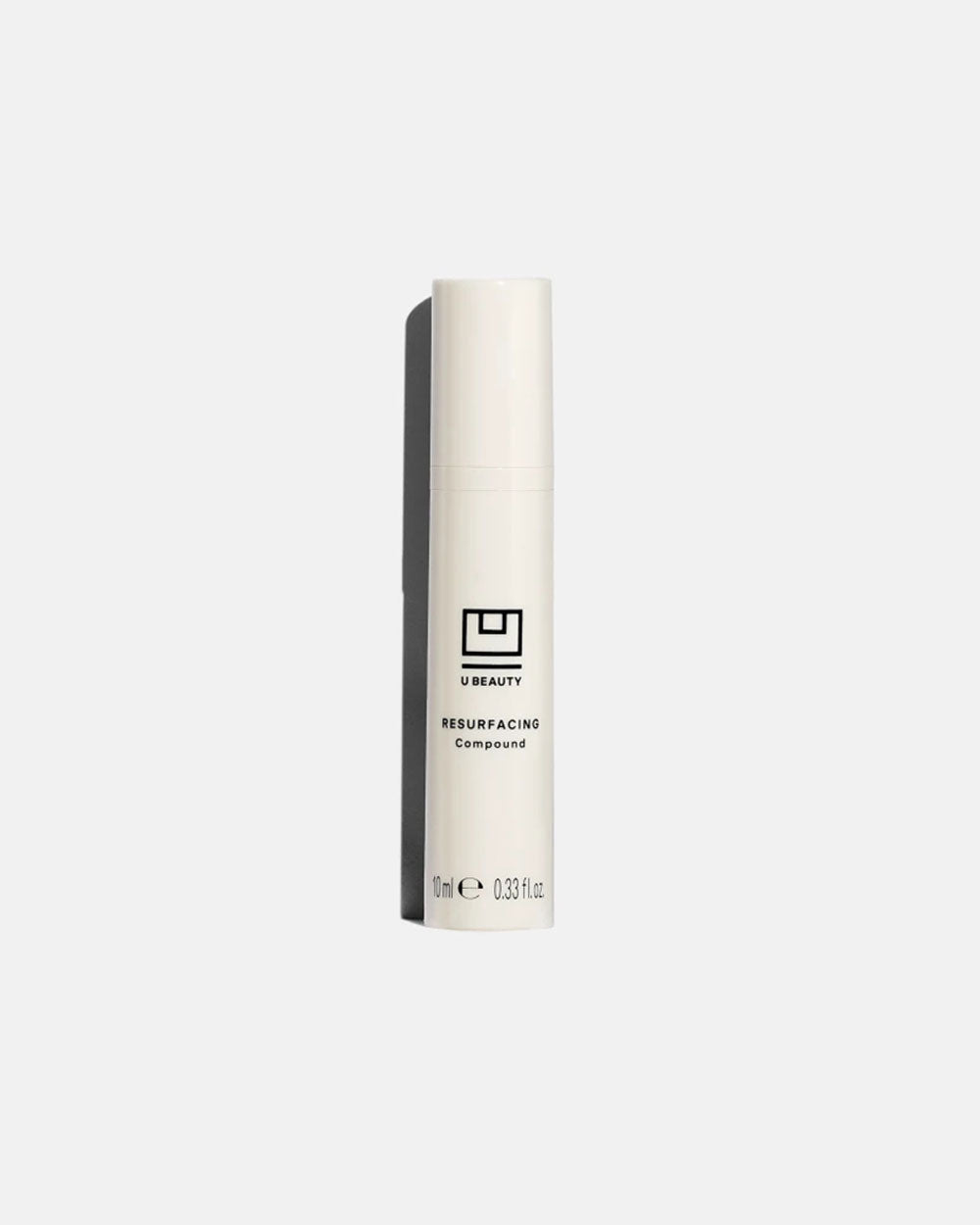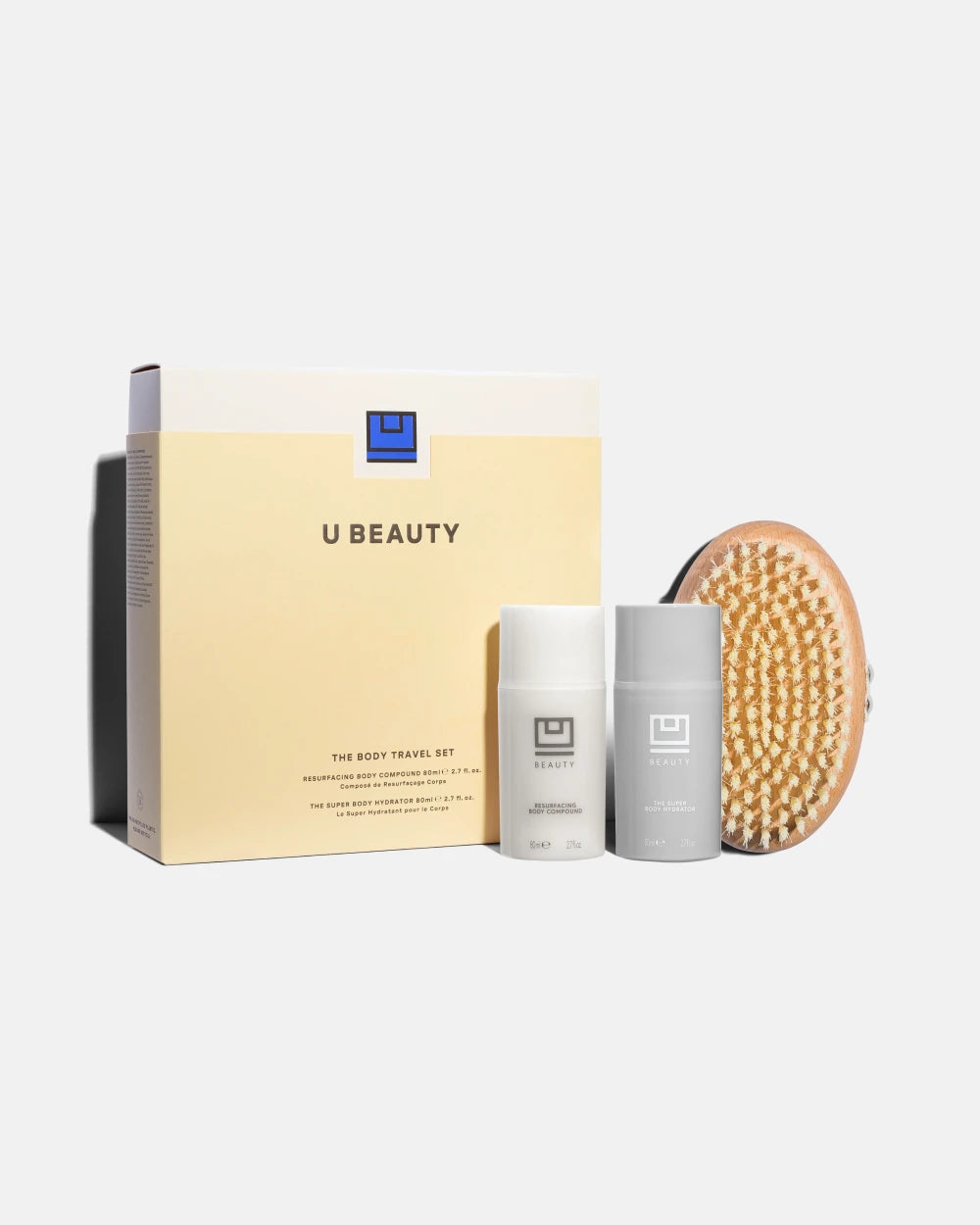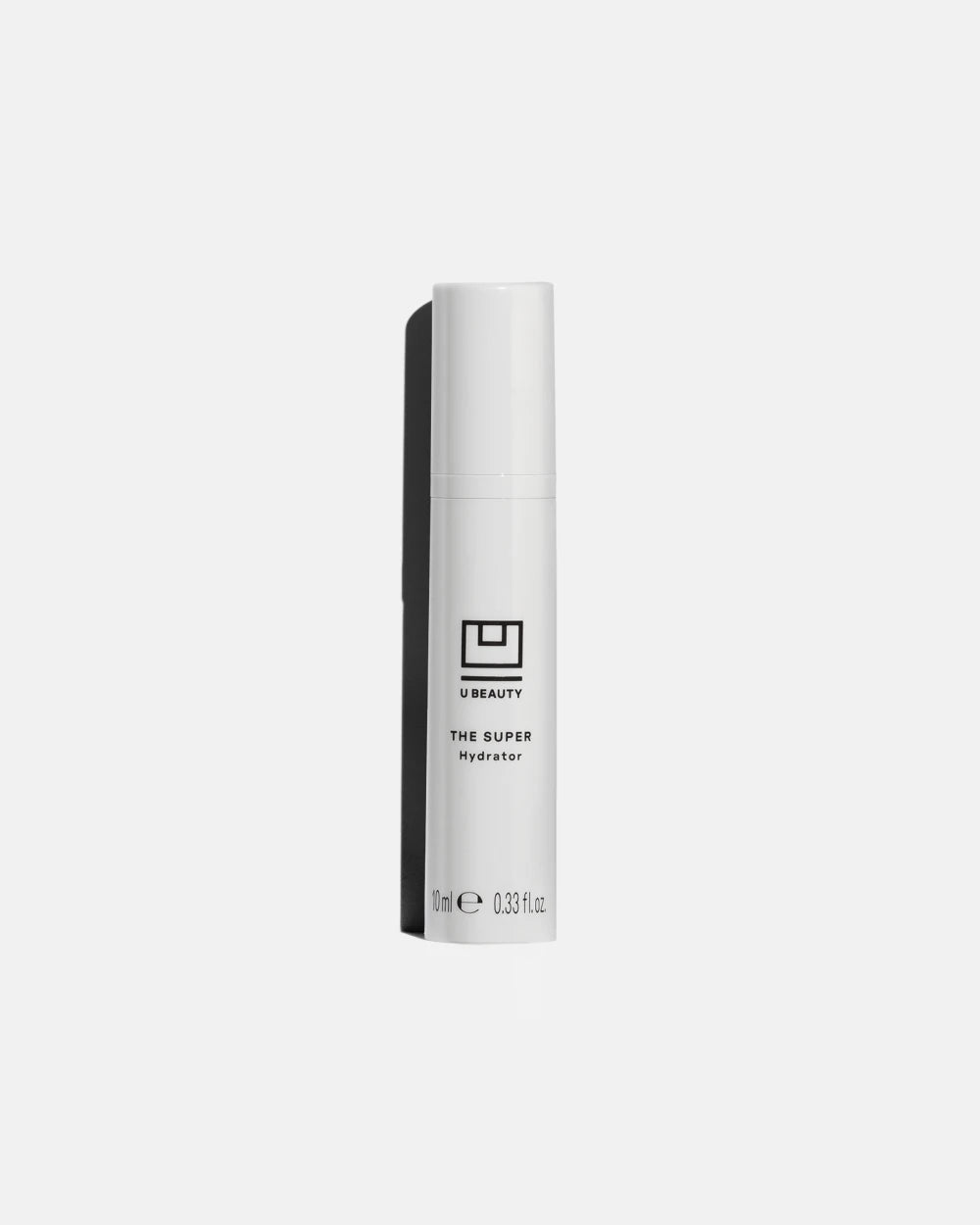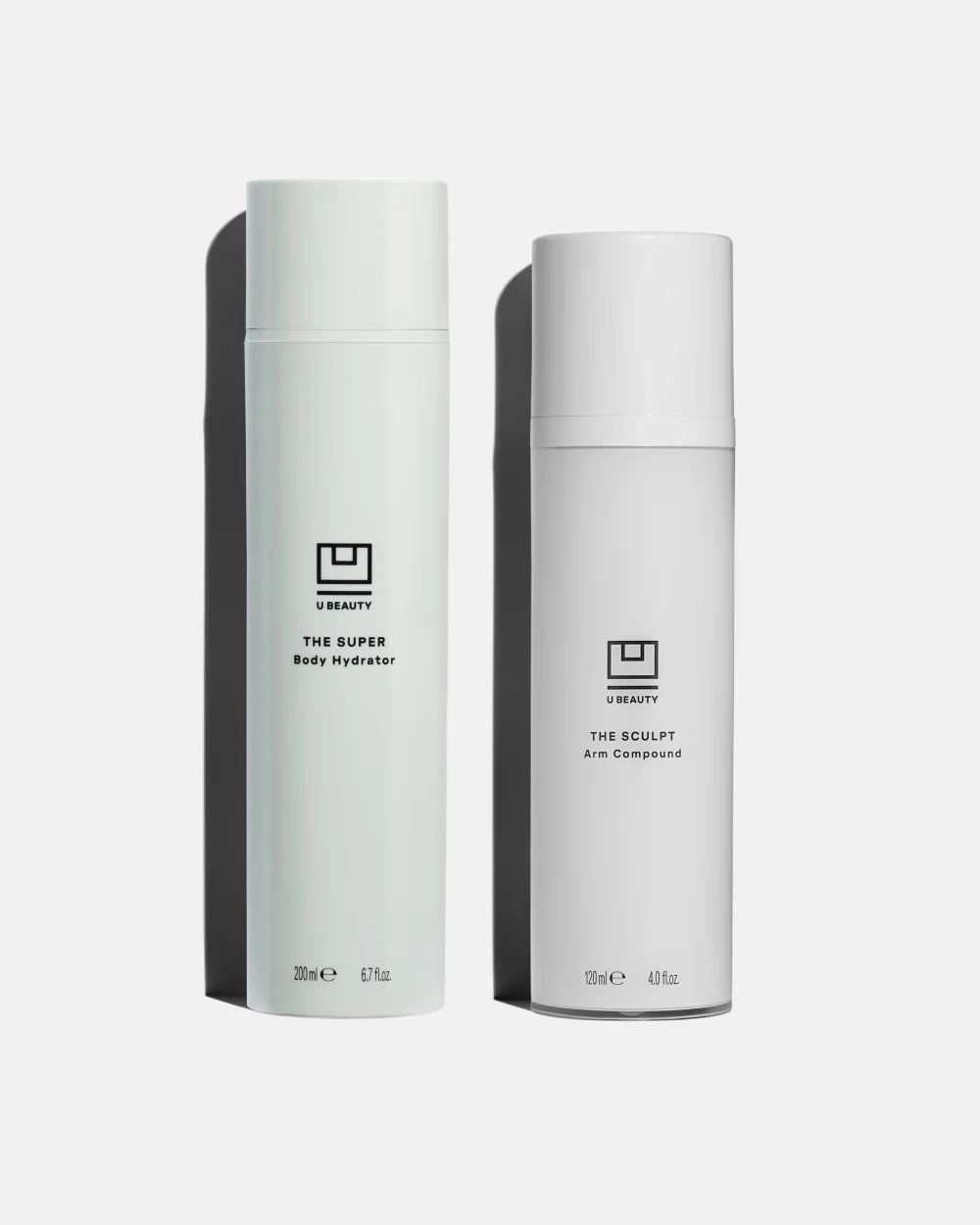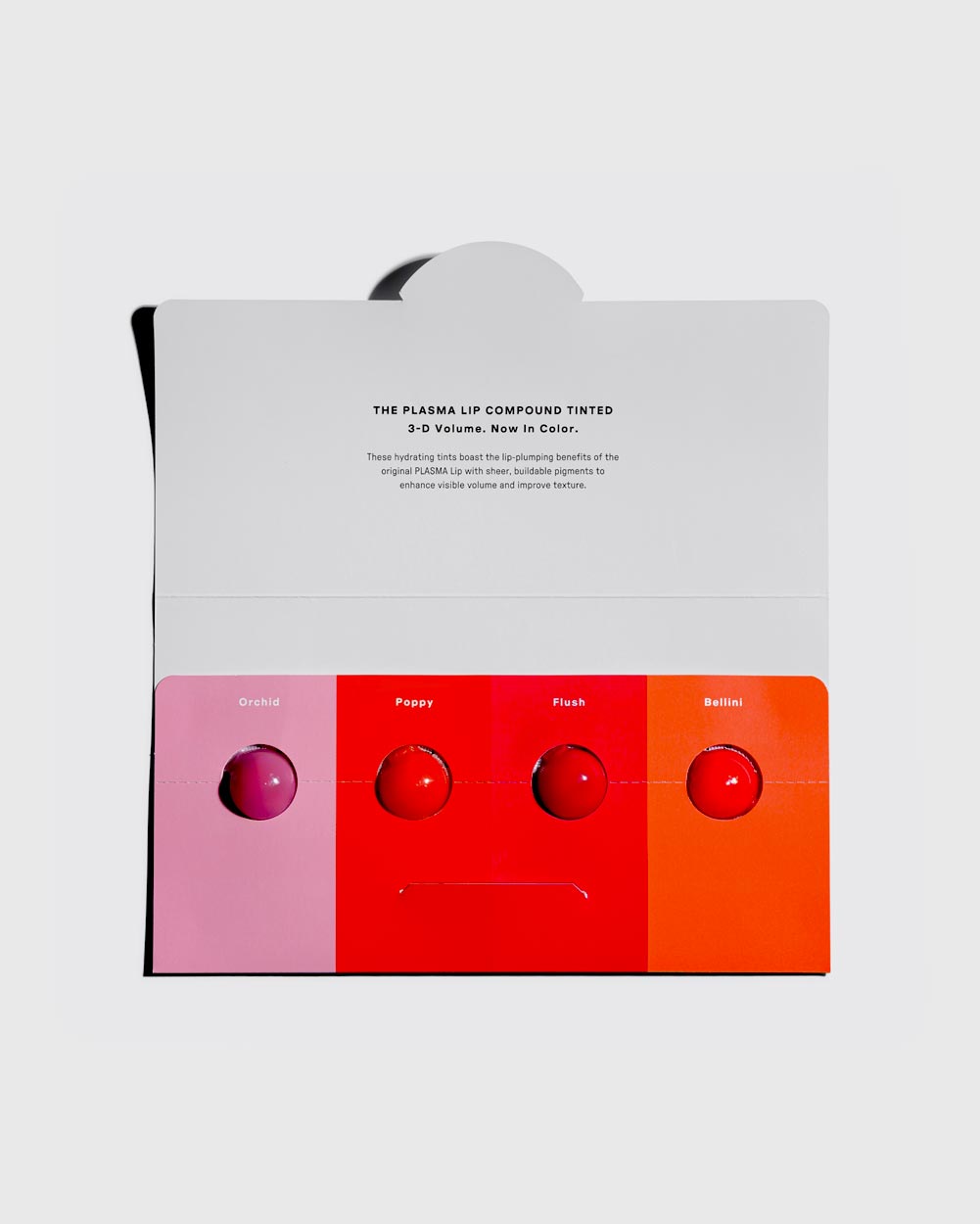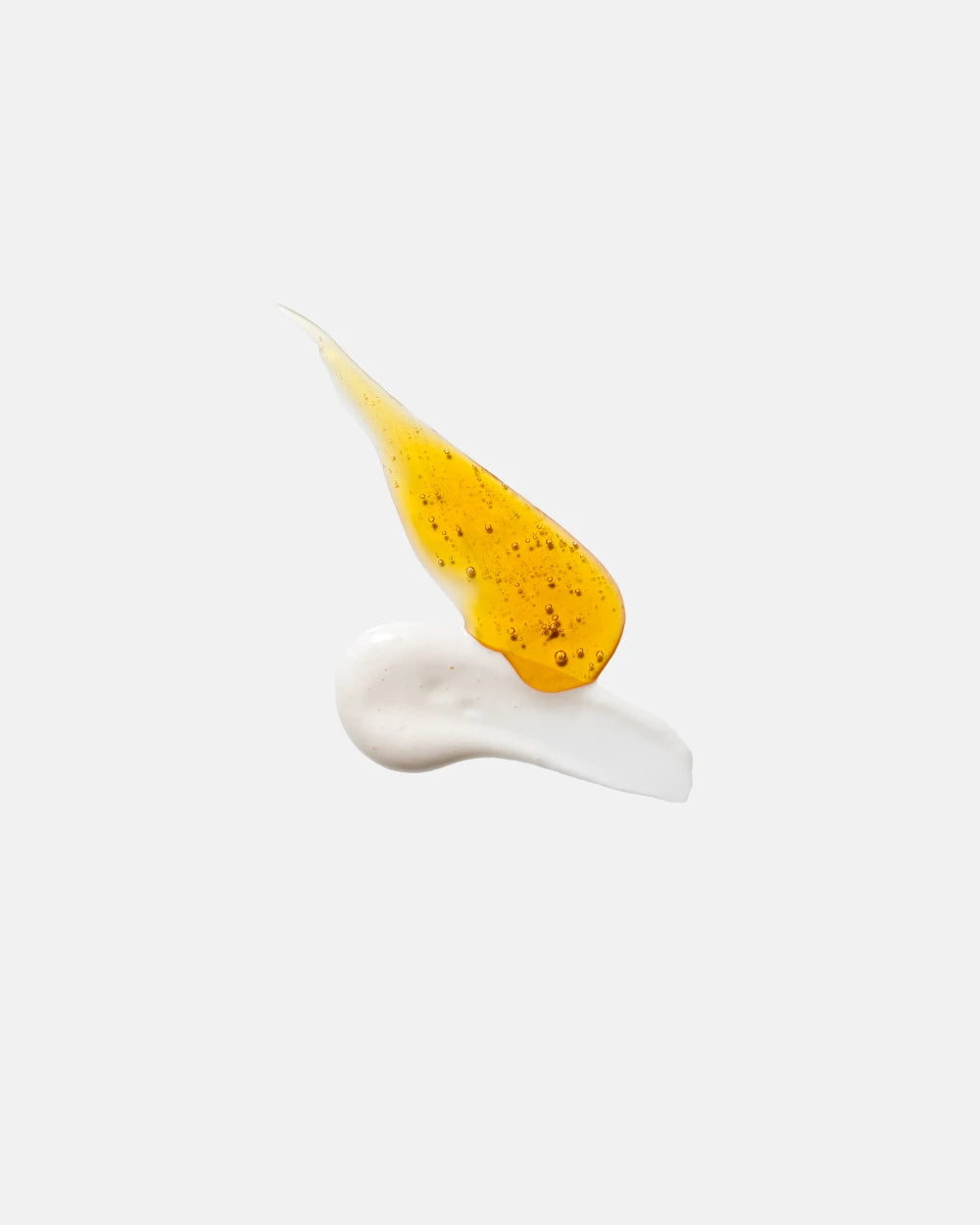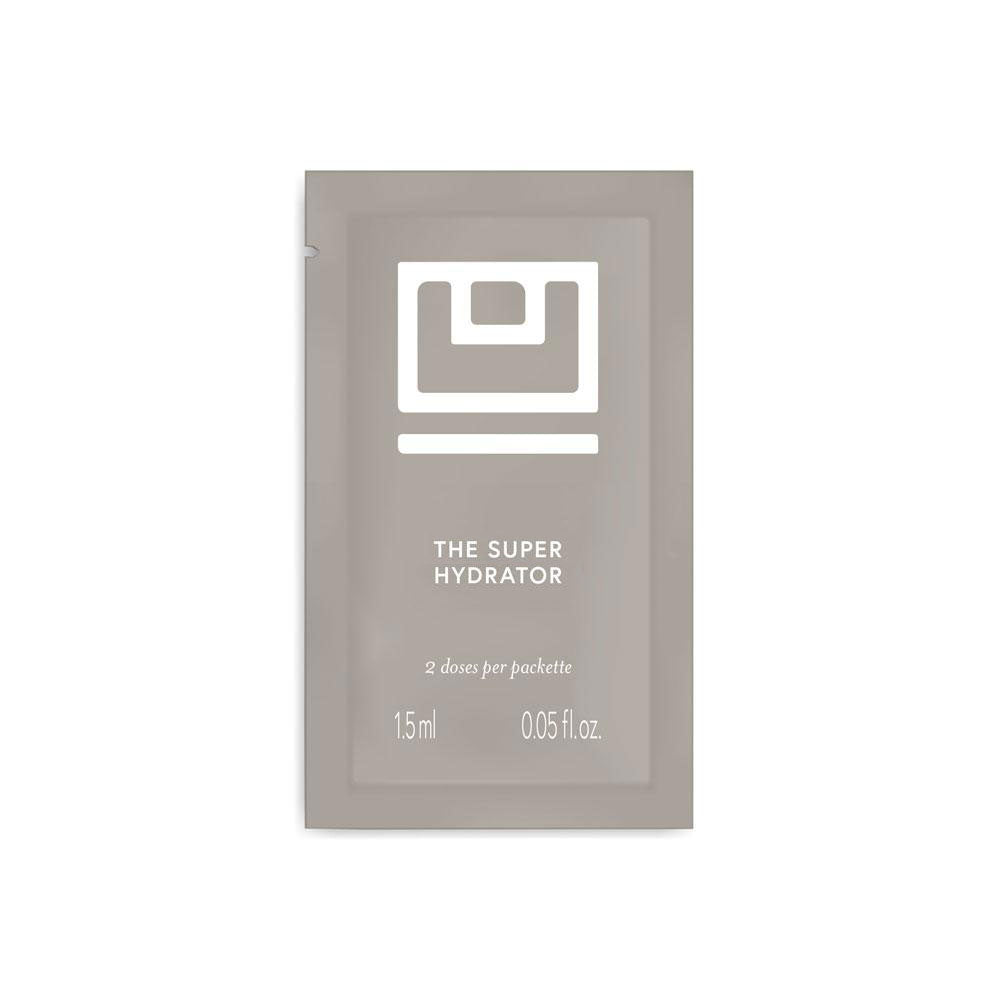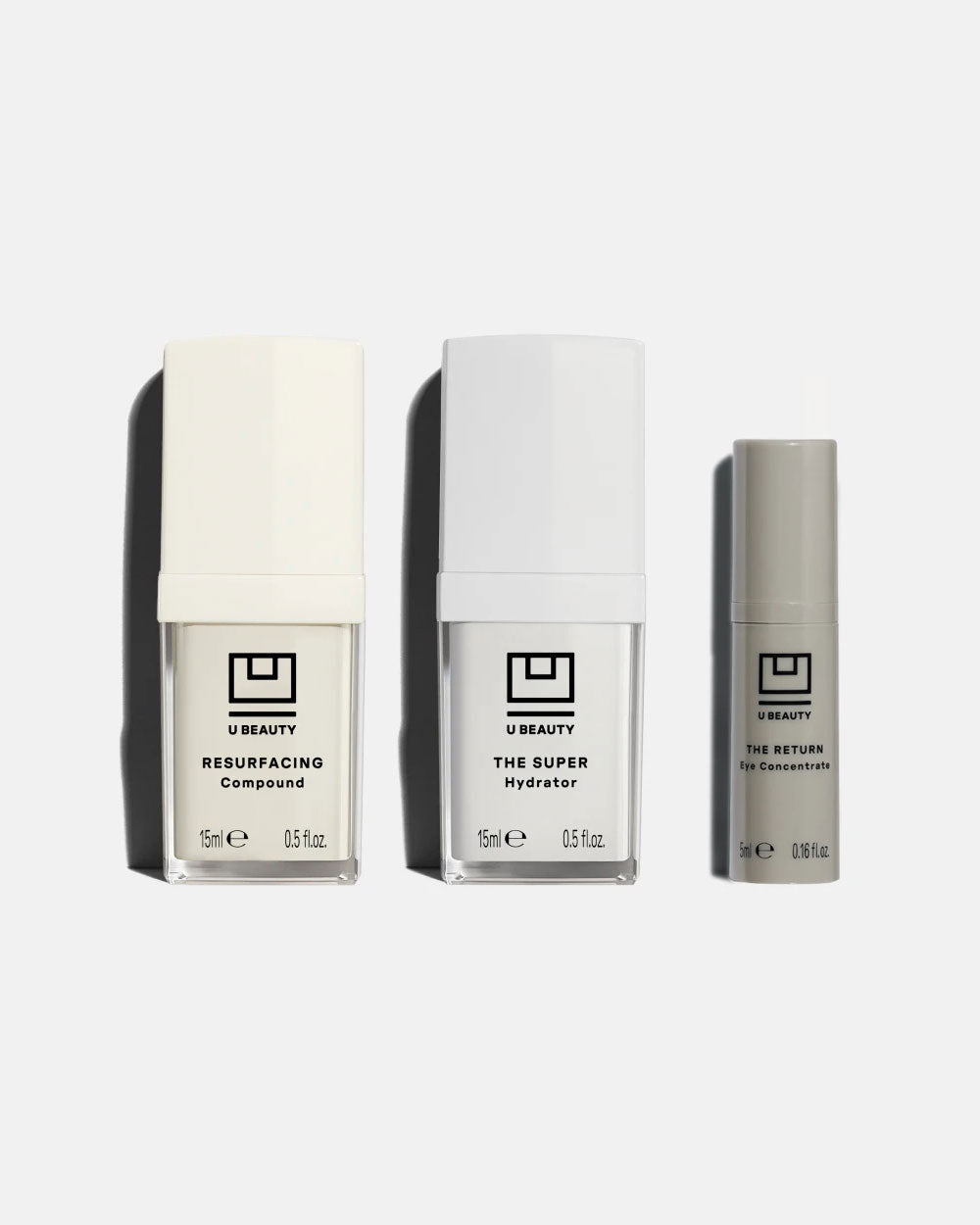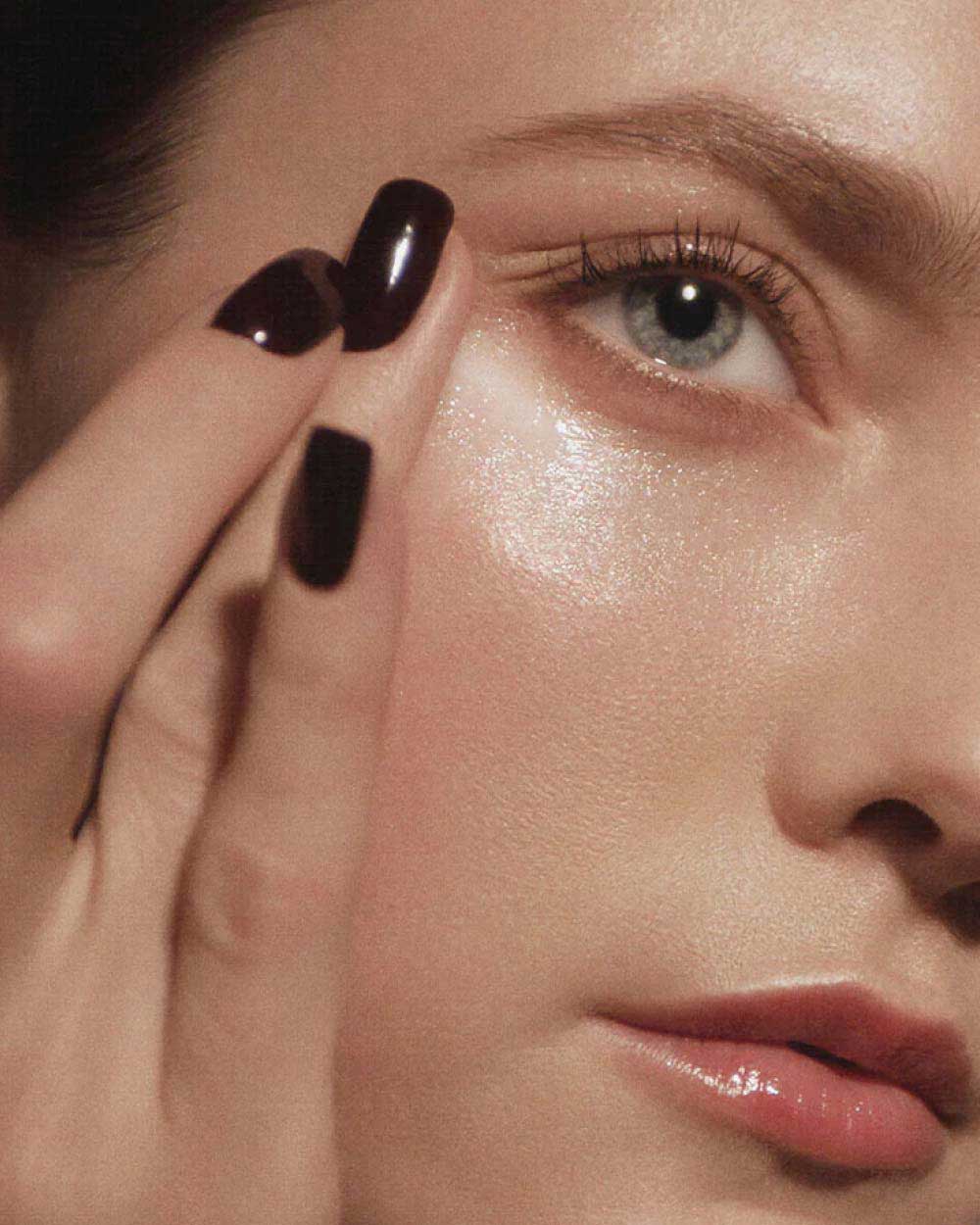What’s the Difference?
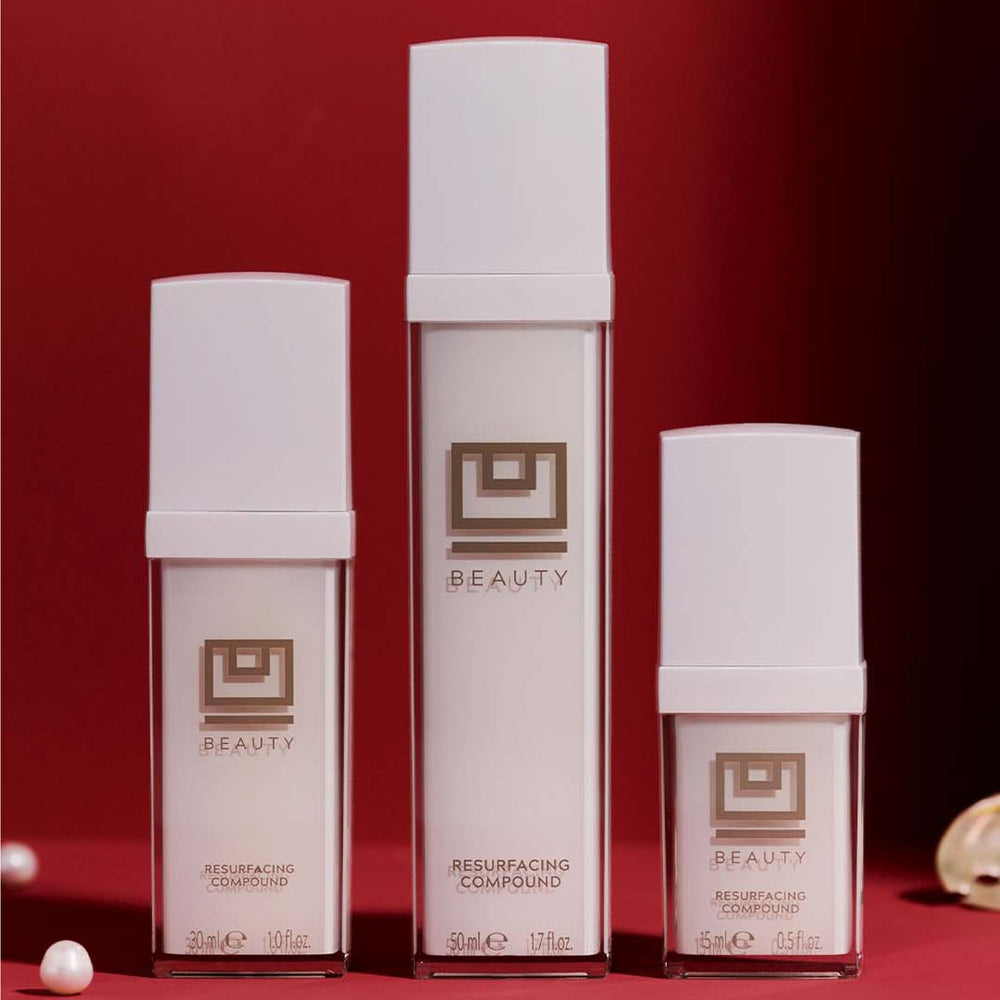
Retinol vs. Retinoids: What’s the Difference?
Retinol and retinoids have been mainstays in the skincare world for decades, and there are good reasons why. While you have definitely heard these terms before, understanding what they are, how they work, and why they work may be a different story.
The terms “retinol” and “retinoids” are often tossed around as if they're the same, but they actually have distinct properties and functions in skincare. Knowing these differences is key to leveling up your skincare routine.
Whether you're new to skincare or a seasoned pro, getting a handle on these nuances can help you perfect your routine and achieve the enviable, lit-from-within glow you deserve.
What Are Retinoids?
Retinoids include all vitamin A-based skincare products and are essential players in skincare. They are known for their ability to rejuvenate and revitalize the look and feel of our skin. Retinoids include well-known options like retinol, along with other forms such as retinaldehyde, tretinoin, and adapalene.
People love these compounds for a reason—they work wonders on the skin, leaving it looking more youthful and radiant. Their main job is to support your skin's natural renewal process, amp up collagen production, and minimize the appearance of the fine lines we all see as we age. It's like hitting the refresh button for your skin.
However, working with retinoids is not a one-size-fits-all deal. These compounds' strength and compatibility with different skin types can vary. It’s incredibly important to consider your skin concerns, tolerance levels, and desired outcomes when choosing which form to use.
What Is Retinol?
Retinol, a derivative in the retinoid family, is an over-the-counter retinoid commonly found in the formulations of serums and creams. Many turn to retinol as their go-to choice when they want to improve their skin's texture and bounce without going the prescription route.
You can grab it over the counter, making it a straightforward and hassle-free option for leveling up your skincare routine game. Once you put it on, retinol goes deep into your skin's outer layers and initiates a chain reaction of cell renewal.
This whole process leads to visibly smoother, brighter skin, especially if you apply it consistently. Retinol is also great at promoting the look of even skin, as it supports healthy cell turnover. Retinol is used to improve the appearance of uneven skin tone, pigmentation, and texture.
The best part? Retinol isn't just effective; it's also pretty gentle (especially if you use a time-released version, which we’ll touch on later), making it a staple in many skincare routines. It strikes that perfect balance between delivering real results and keeping your skin happy and comfortable.
How Do They Compare?
Retinoids, known for their higher concentration, are often only available with a prescription. They’re often prescribed to treat acne, and they can provide visible results, but they often come along with months of skin peeling, irritation, redness and other side effects.
This is why many dermatologists recommend starting very slowly and gradually increasing your use over time. Skincare products with retinol are celebrated for their gentler nature, making them a solid pick for first-timers or people with sensitive skin.
What Do You Need To Know To Use Them in Your Routine?
While these ingredients pack a punch in the skincare world, they are known to have a few drawbacks. Many worry about how they might affect sensitive skin and interact with other products in their routine.
When you introduce retinol, your skin might show signs like irritation or dryness. Don’t worry, though—this usually settles down as your skin gets used to it. It's a good idea to start with a lower concentration and gradually increase use as your skin adjusts.
Using retinol can also make your skin more sensitive to sunlight, so it's best to use it in the evening. A heavy-hitting sunscreen like the Multimodal Defender SPF 30 is always a good idea, regardless of whether you are using retinol.
Plus, it offers built-in brightening benefits, targets dark spots and minimizes the appearance of fine lines while offering protection against UVA, UVB, infrared, and blue light rays.
Layering retinol with other products can sometimes be a challenge. Mixing it with potent ingredients like AHAs or BHAs might lead to irritation, over-exfoliation, or increased skin sensitivity. To play it safe, it is usually recommended to alternate between these active ingredients, but that isn’t the case for our resurfacing serum.
Incorporating Retinol Into Your Routine
Here’s how to incorporate retinol into your routine, with products designed to complement each other and maximize all of the amazing benefits for your skin.
Step 1: Start Clean
A solid skincare routine always begins with a good cleanse, and The MANTLE Skin Conditioning Wash is a perfect choice. This unique oil-balm transforms into a cleansing milk, removing makeup, sunscreen, and daily pollutants without overstripping the skin.
Step 2: Introduce Retinol
Following the cleansing step, it's time to introduce retinol with our Resurfacing Compound. This carefully formulated product is a true multitasker, formulated with a smart blend of antioxidants, vitamin E, vitamin C, AHAs and stable retinol.
Because of our formulation, it’s gentle on your skin, providing the help you need where you need it without overwhelming your skin, thanks to our double patent-pending SIREN Capsule Technology.
It targets the appearance of fine lines, calms irritation, and supports an even-looking skin tone. This compound is more than just a retinol treatment—it truly streamlines your skincare routine, taking the place of your vitamin C serum, hyaluronic acid, essence, and toner. Regular use will reveal smoother, brighter-looking skin—all within just a few days.
Step 3: Seal in Moisture
The final step after incorporating retinol is to ensure your skin is well-hydrated. The SUPER Hydrator is the superstar here, offering deep and sustained hydration. Its unique formulation delivers hyaluronic acid deep into the skin, providing intense, multi-level hydration.
It's also great at creating a protective barrier that locks in moisture for skin that stays hydrated for up to 48 hours. This part is a big deal, especially if you're using retinol, as it helps defend against dryness and irritation.
With regular use of The SUPER Hydrator, expect skin that looks and feels visibly nourished, with improved bounce.
By sticking to these steps and using these products, you're set to reap all the rewards retinol has to offer, which means keeping your skin in tip-top shape—balanced, healthy, and radiant. Remember, consistency is key in skincare, and having the right routine tailored to your skin can have a transformative effect.
Key Takeaways
Knowing the difference between retinol and retinoids is key for acing your skincare routine. Each brings something unique to the table when it comes to boosting skin health and appearance.
Stabilized retinol acts as a gentle pathway into the world of vitamin A, perfect for newbies or those with sensitive skin. The key is paying attention to what your skin tells you, taking it slow, and gradually working retinoids into your routine. Stay consistent as you figure out what makes your skin look and feel its absolute best.
Sources:
Safety Evaluation and Anti-wrinkle Effects of Retinoids on Skin | National Library of Medicine


